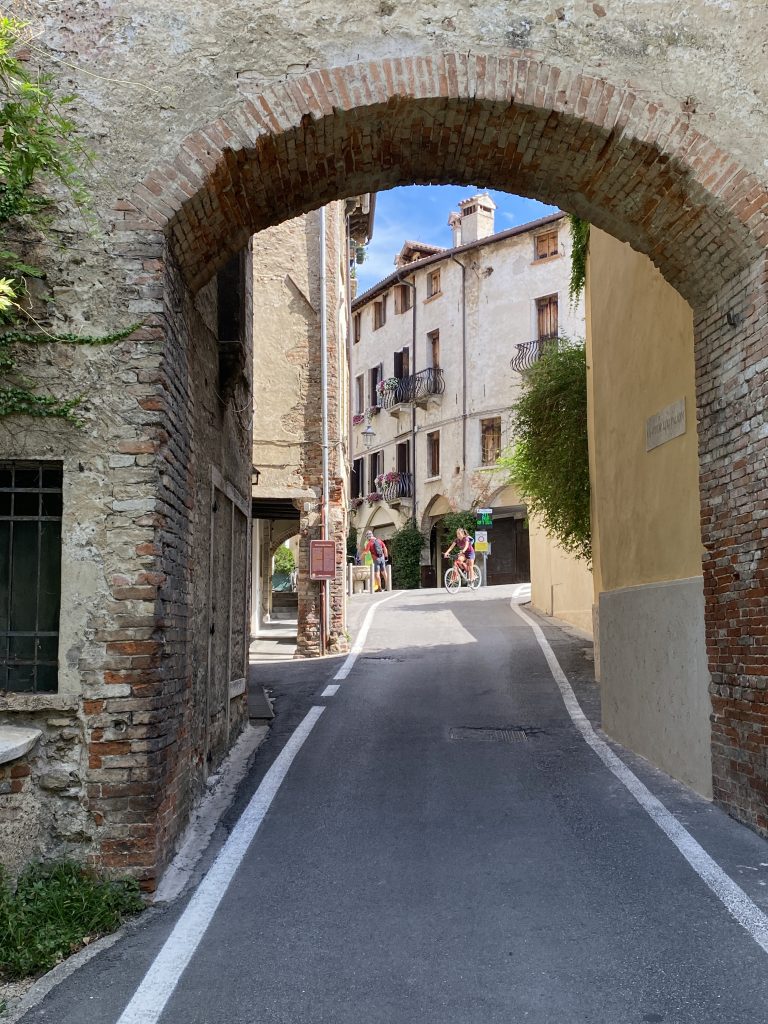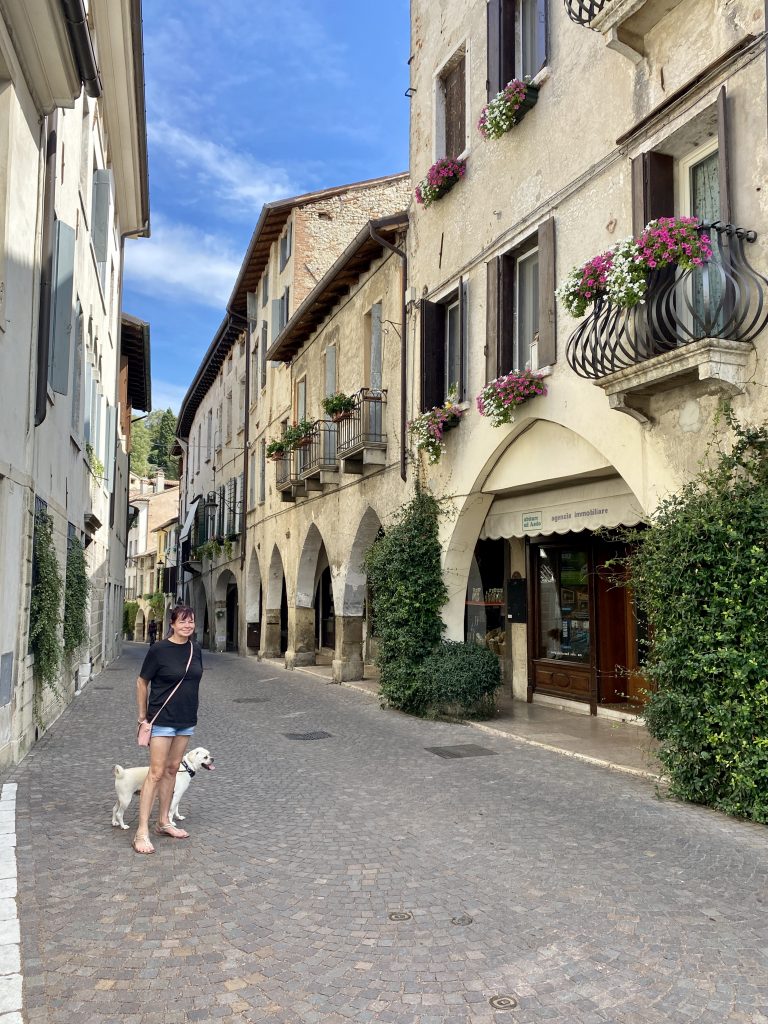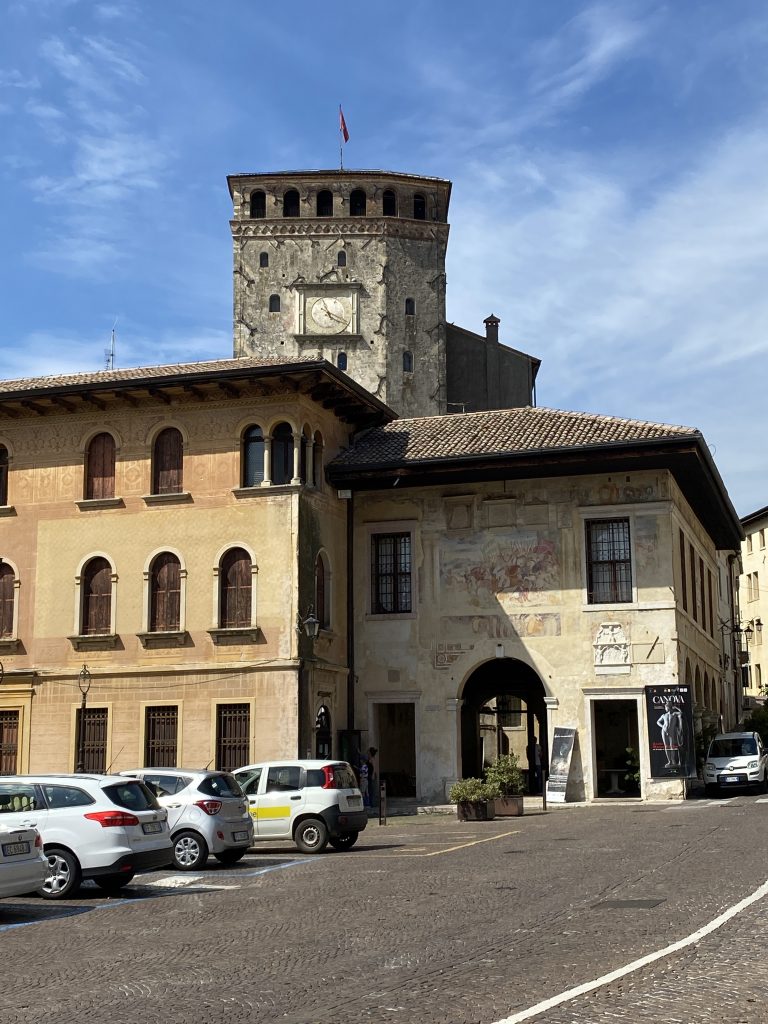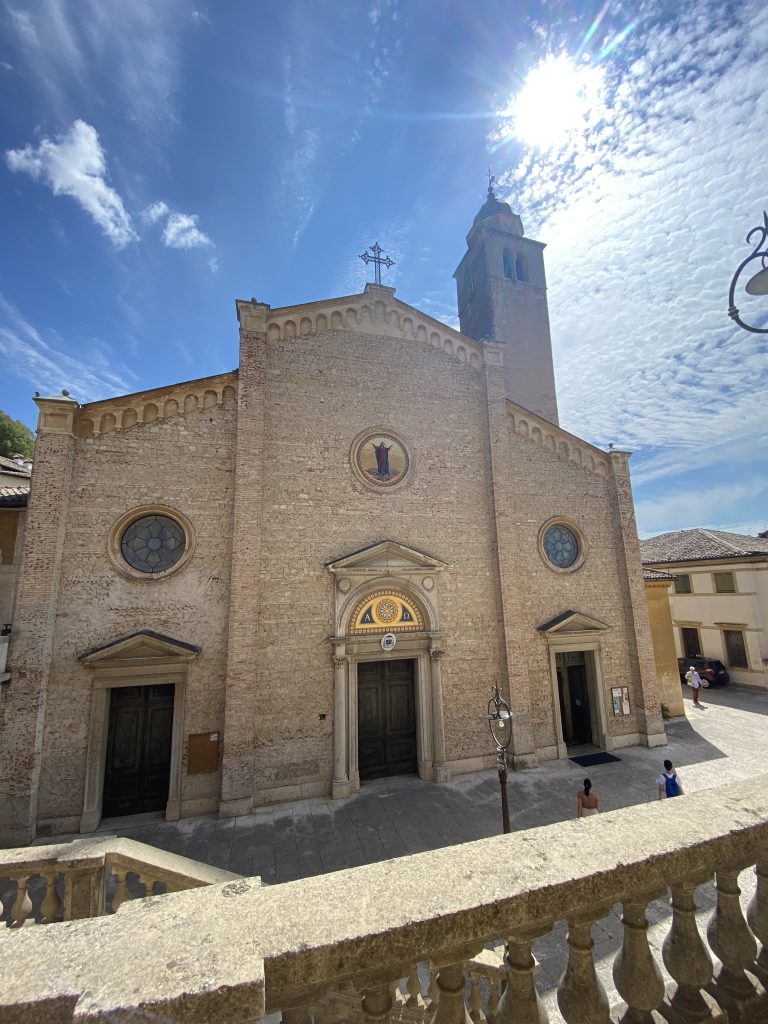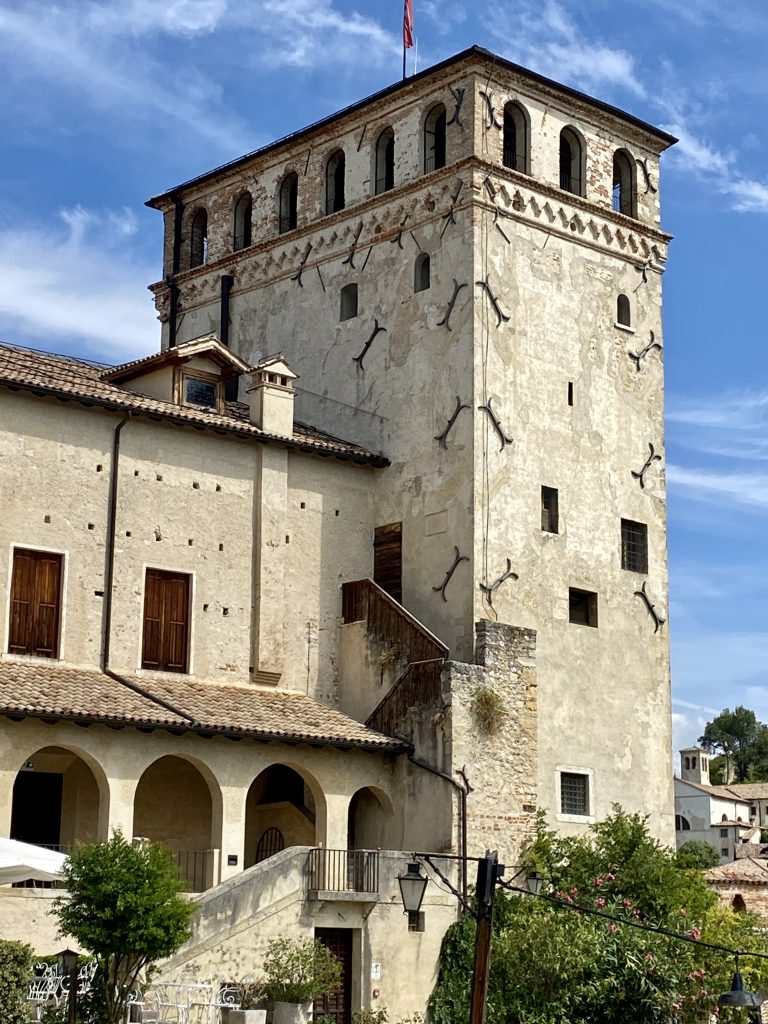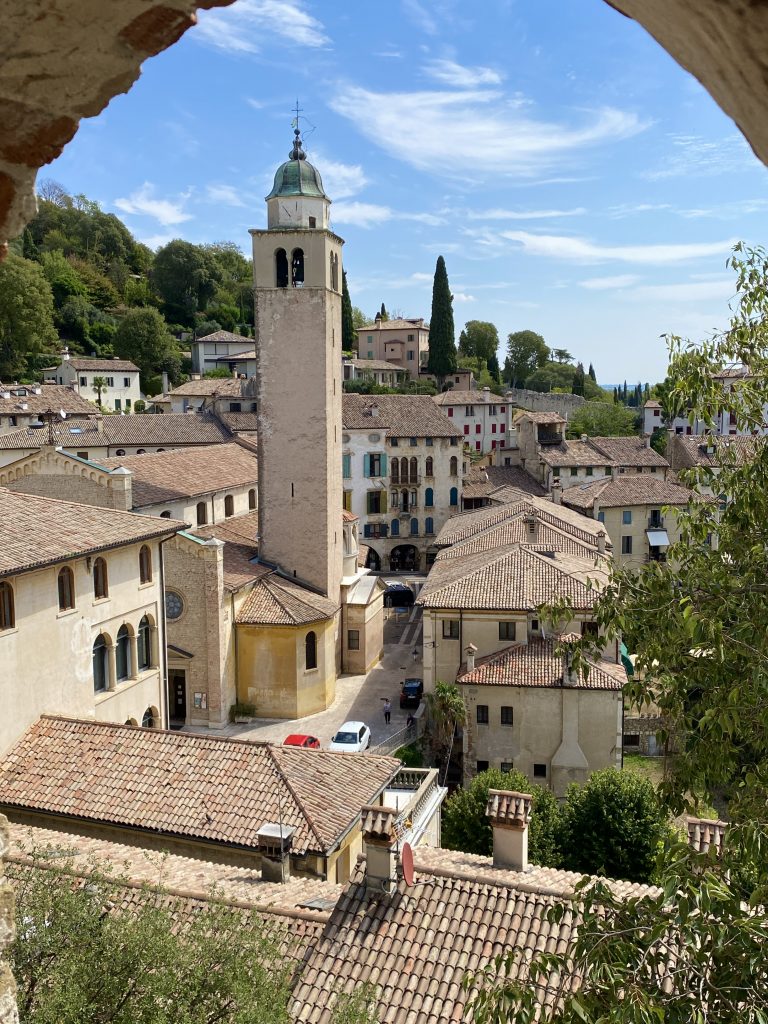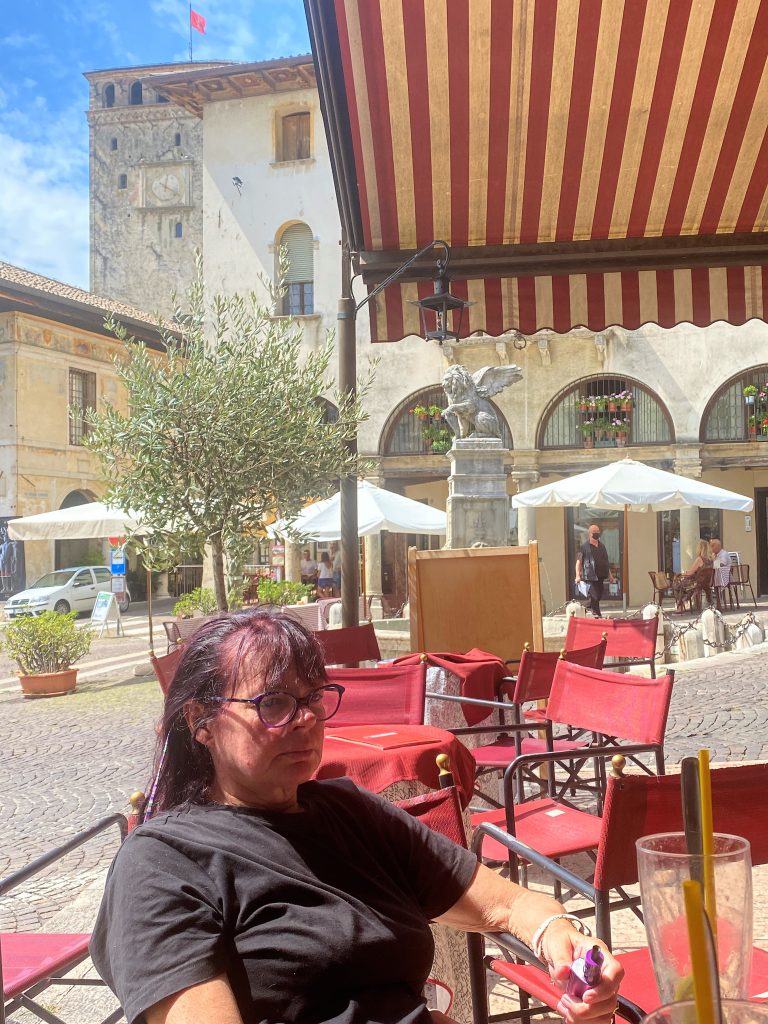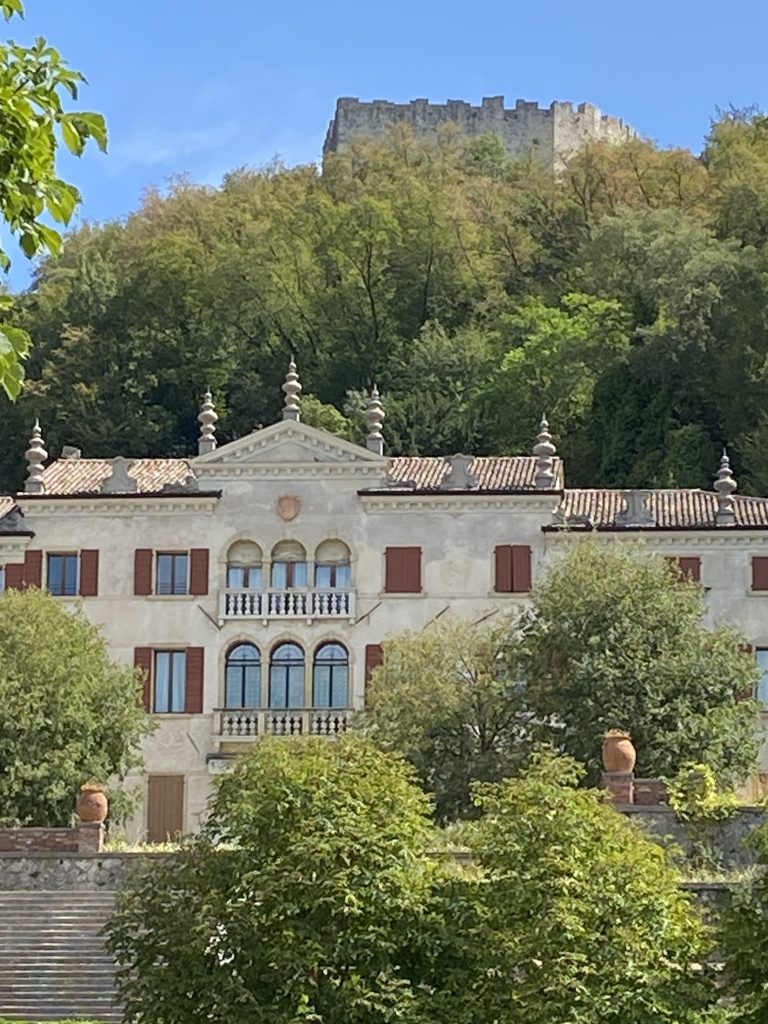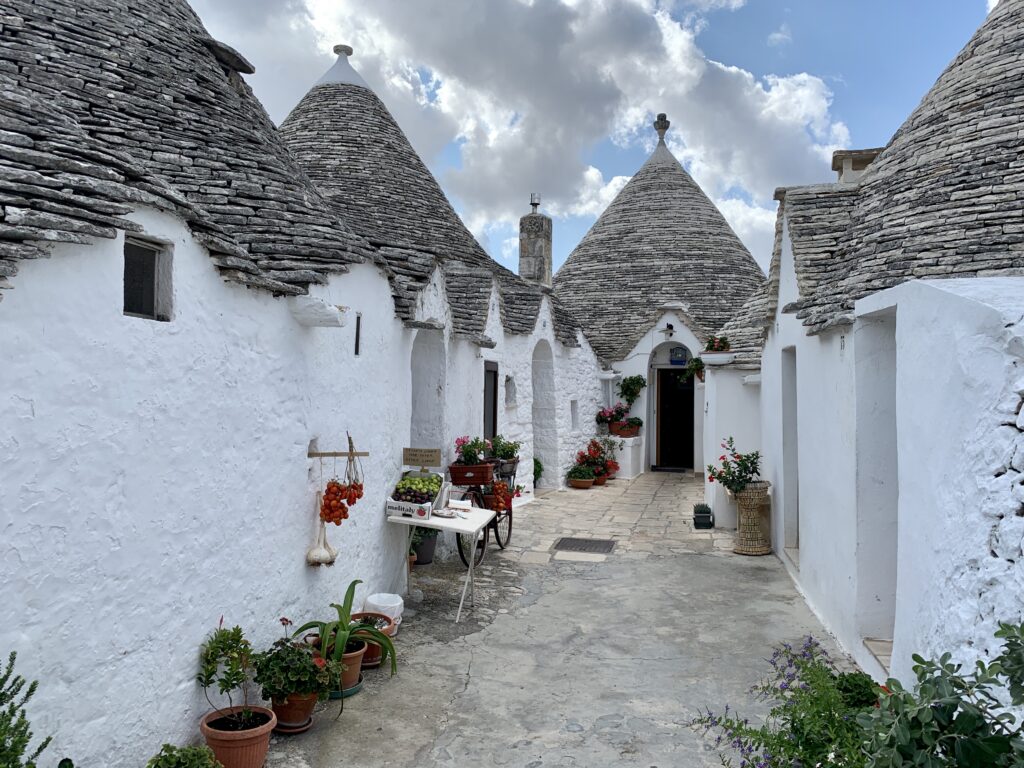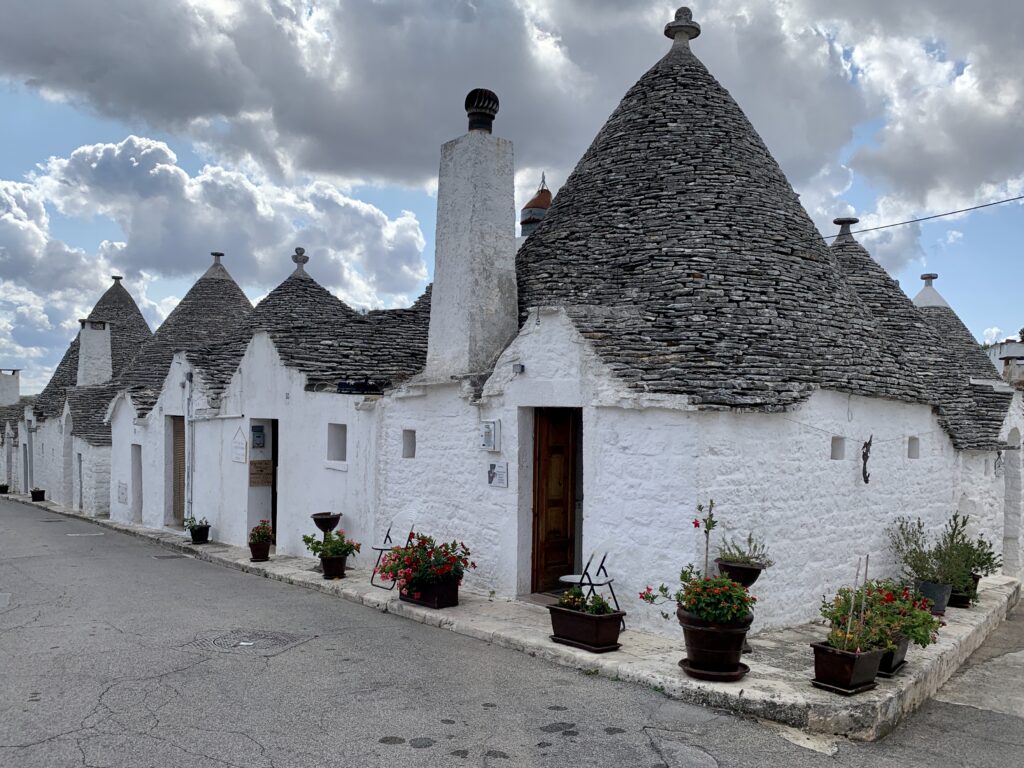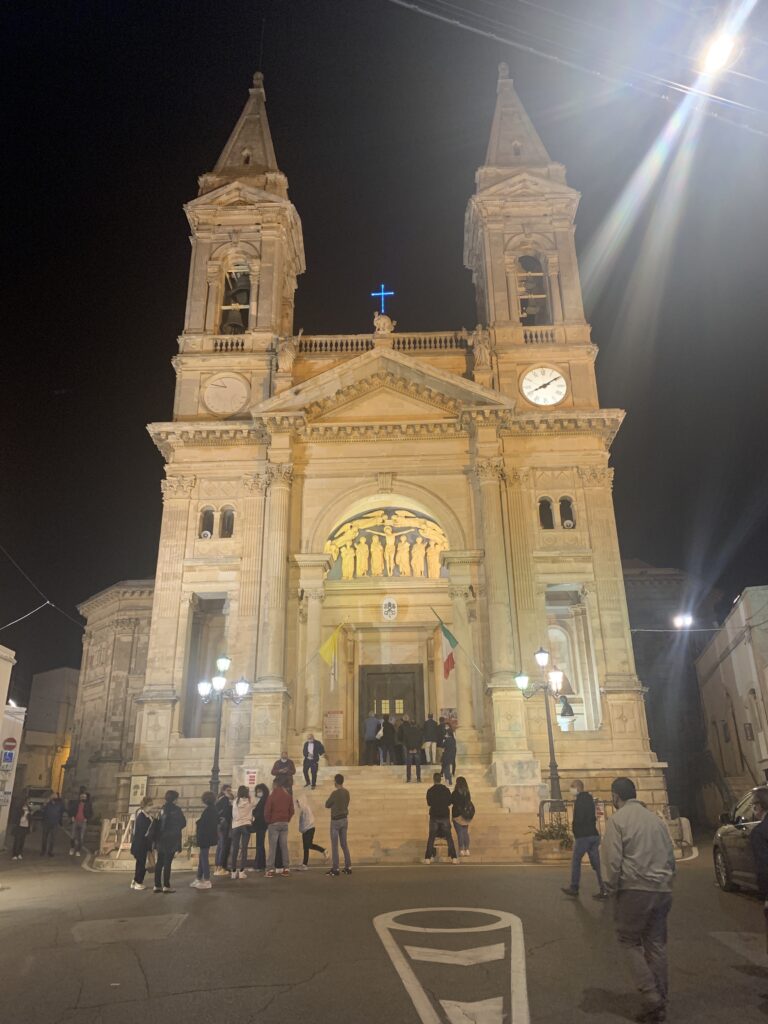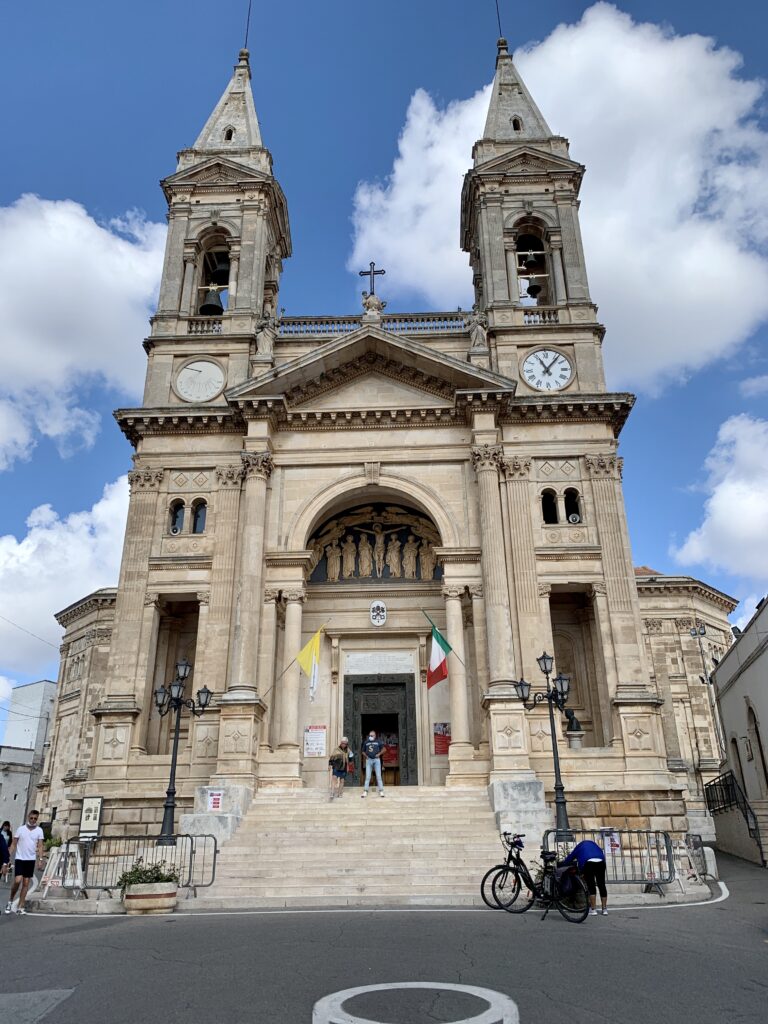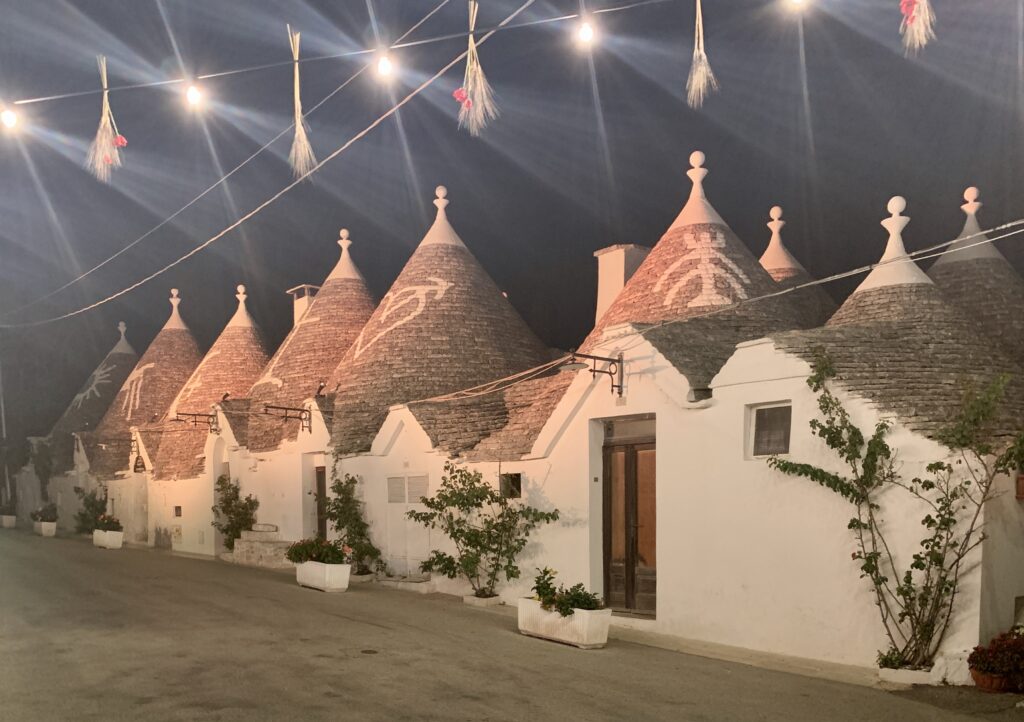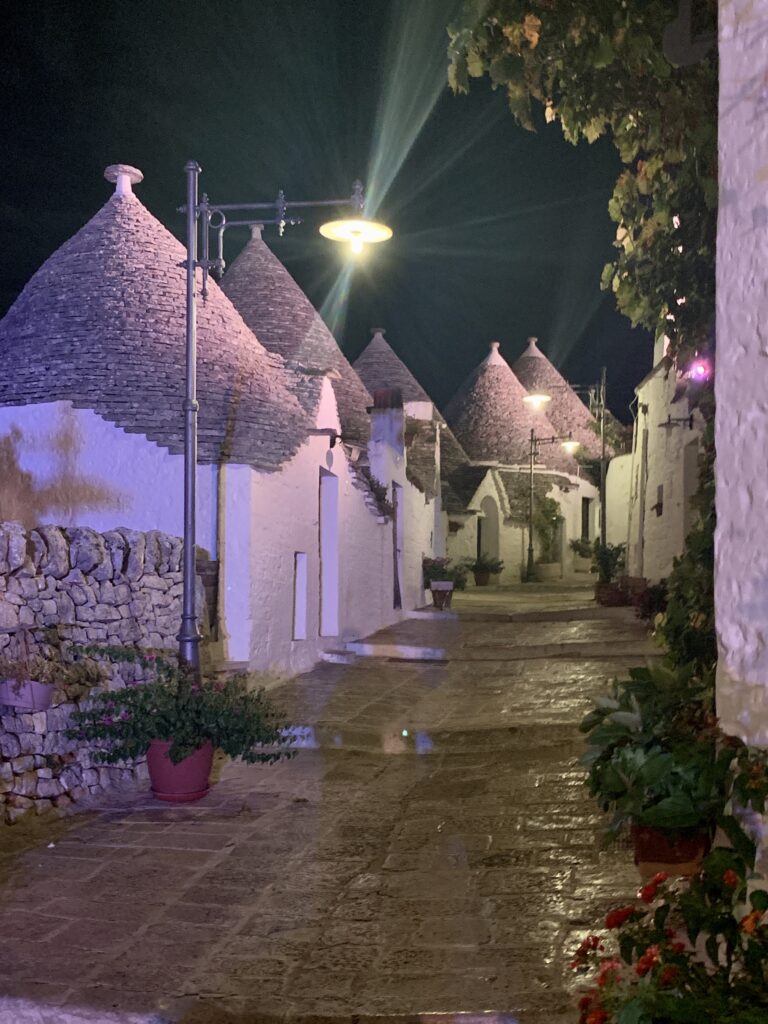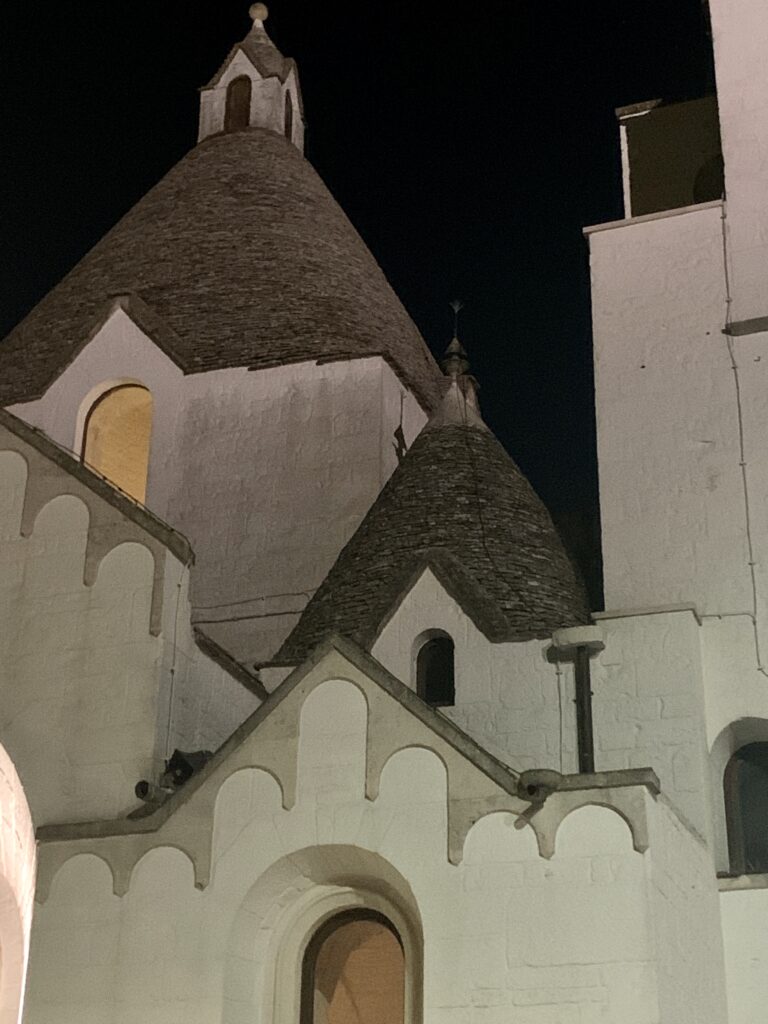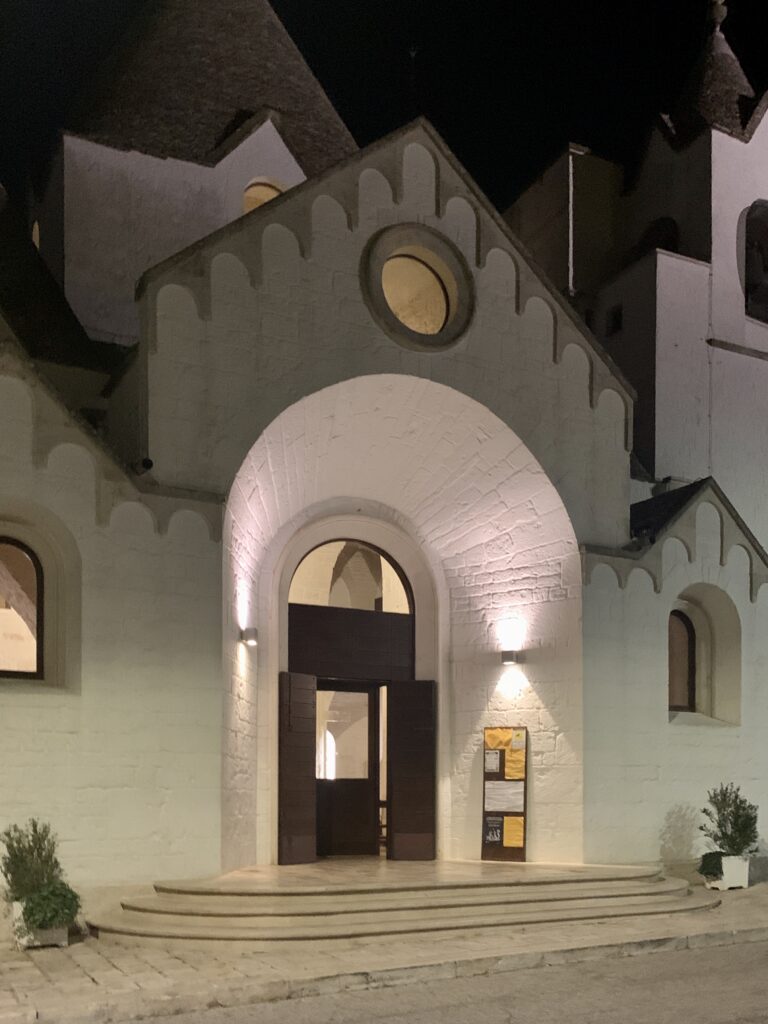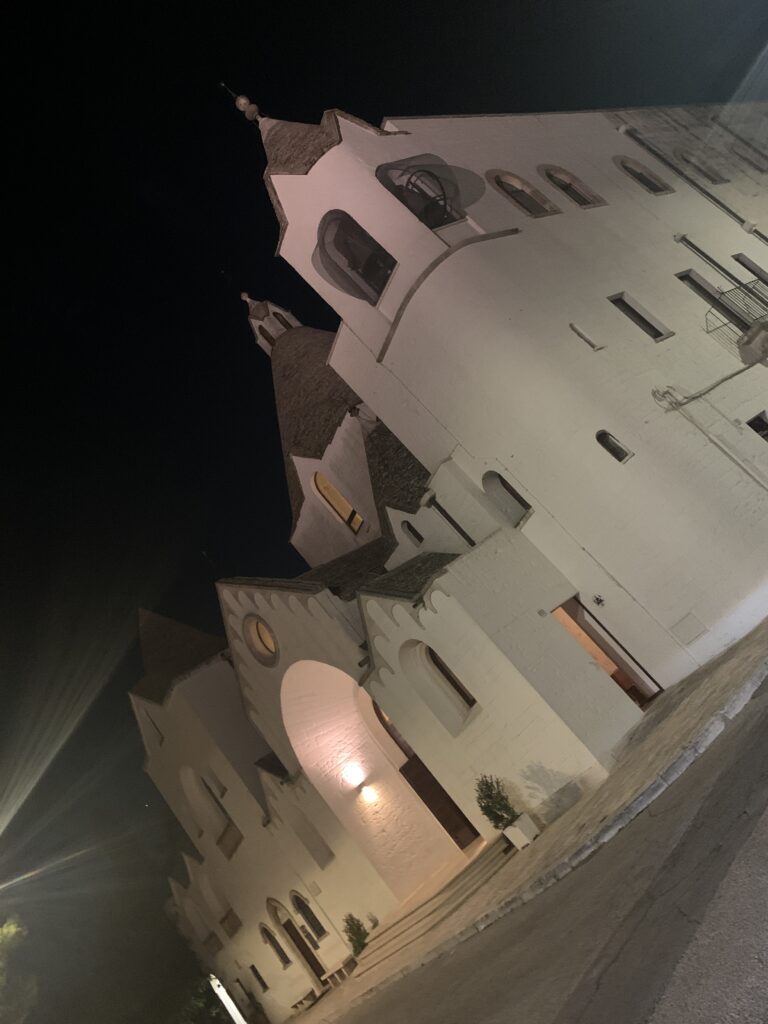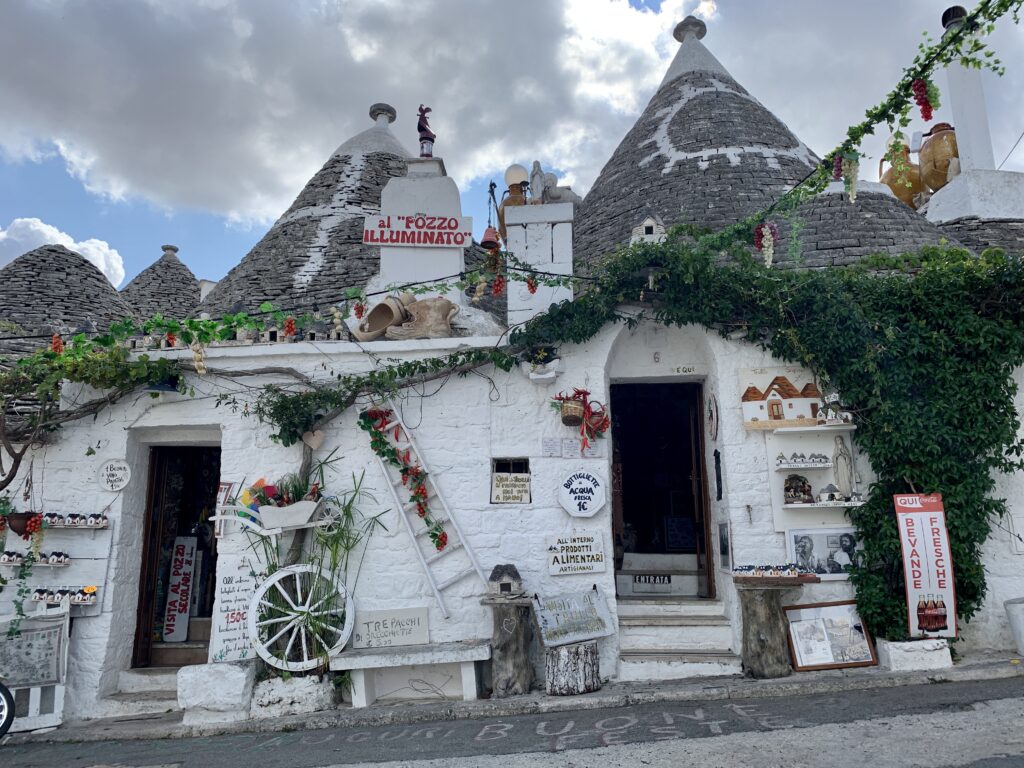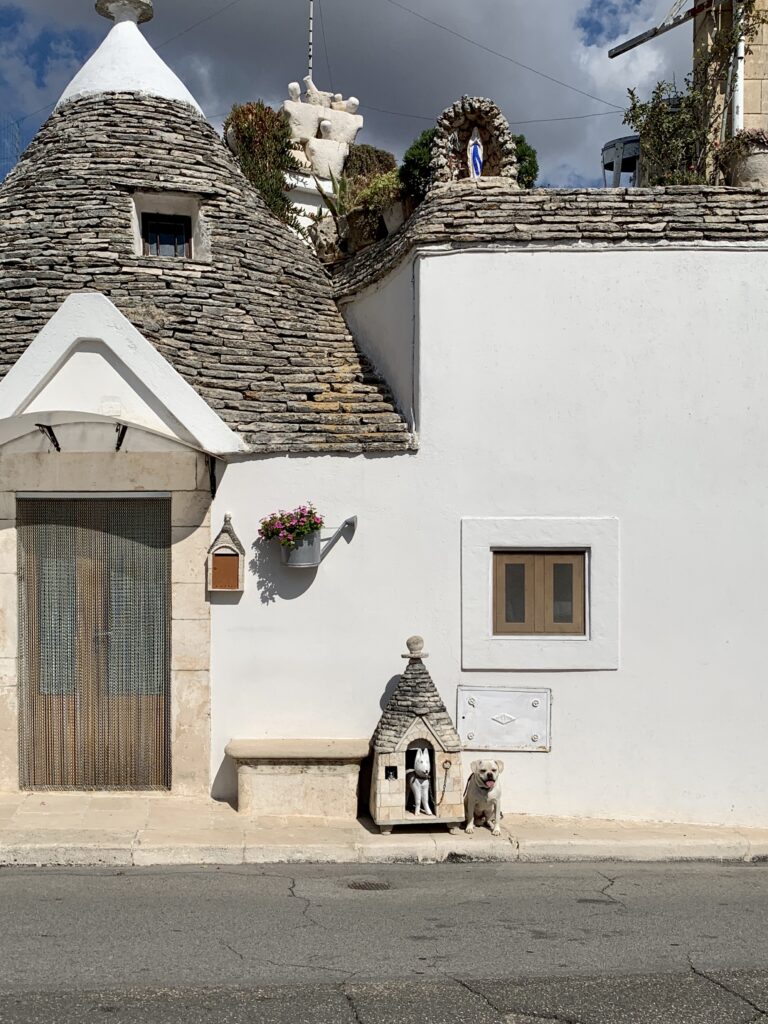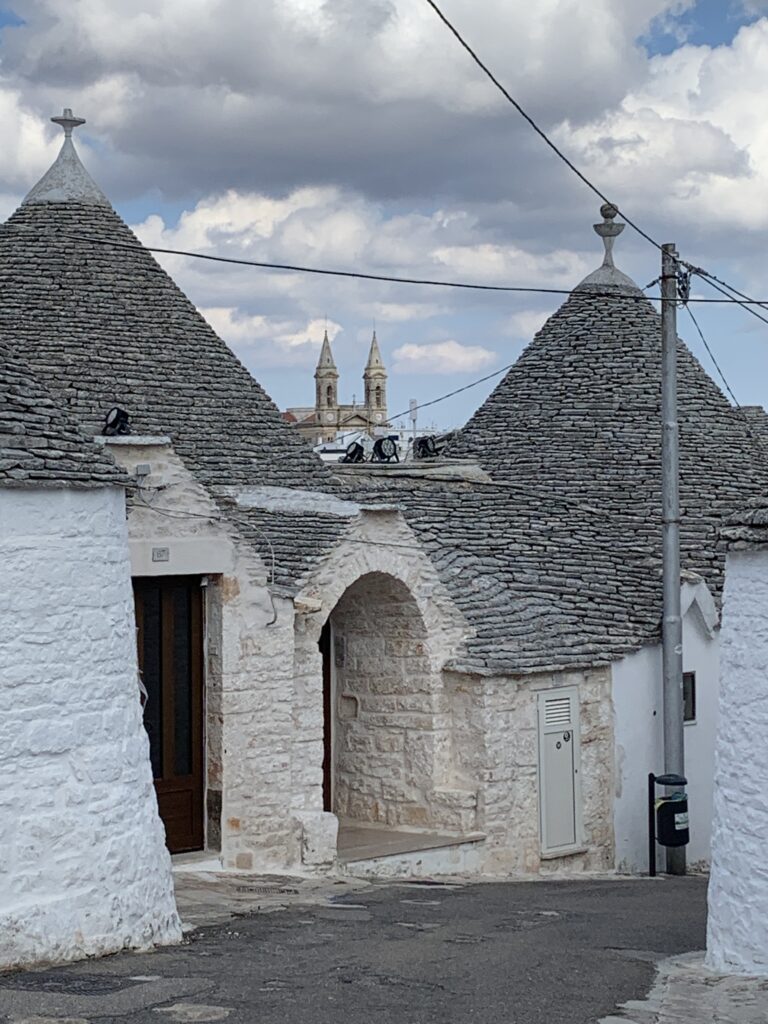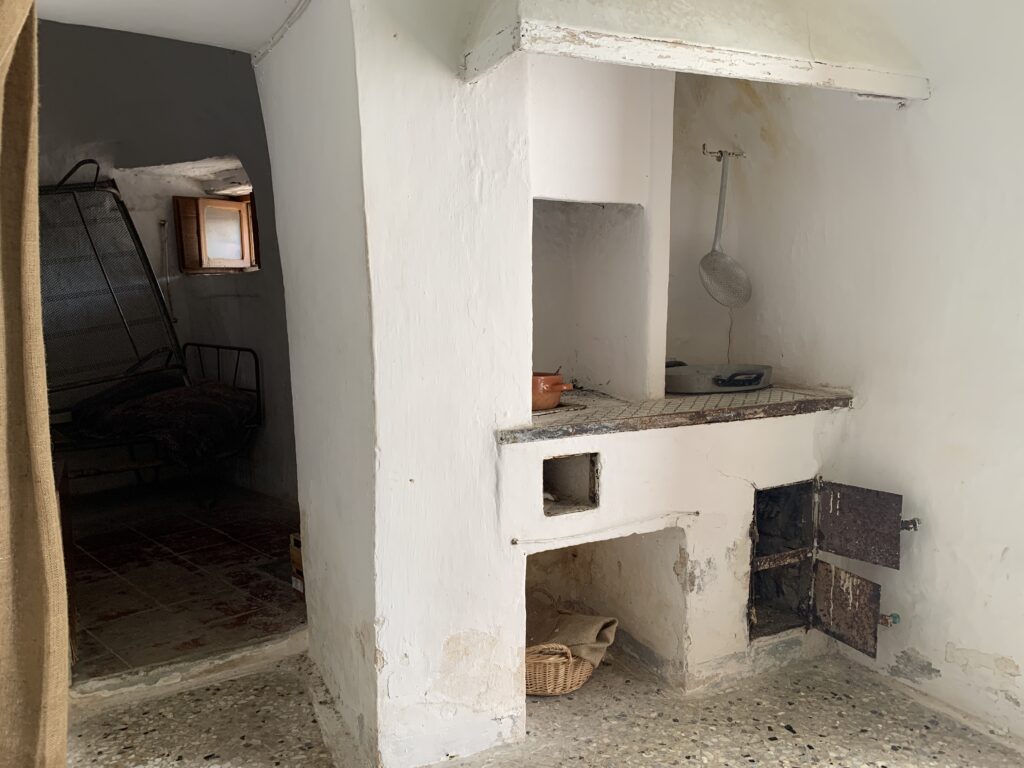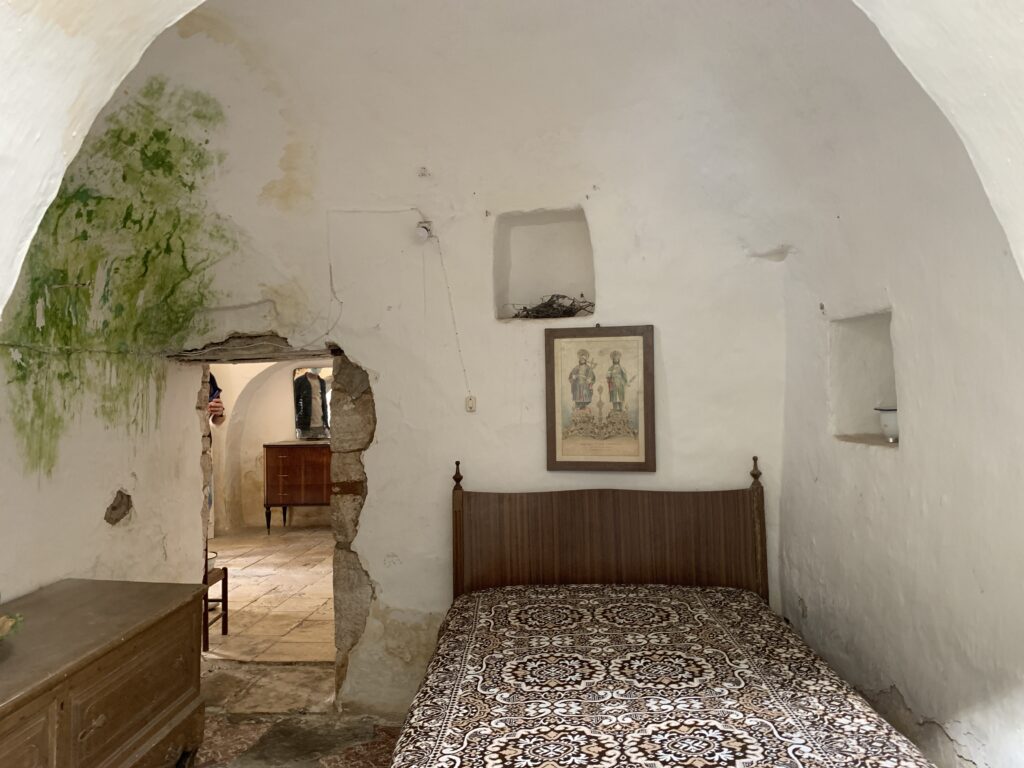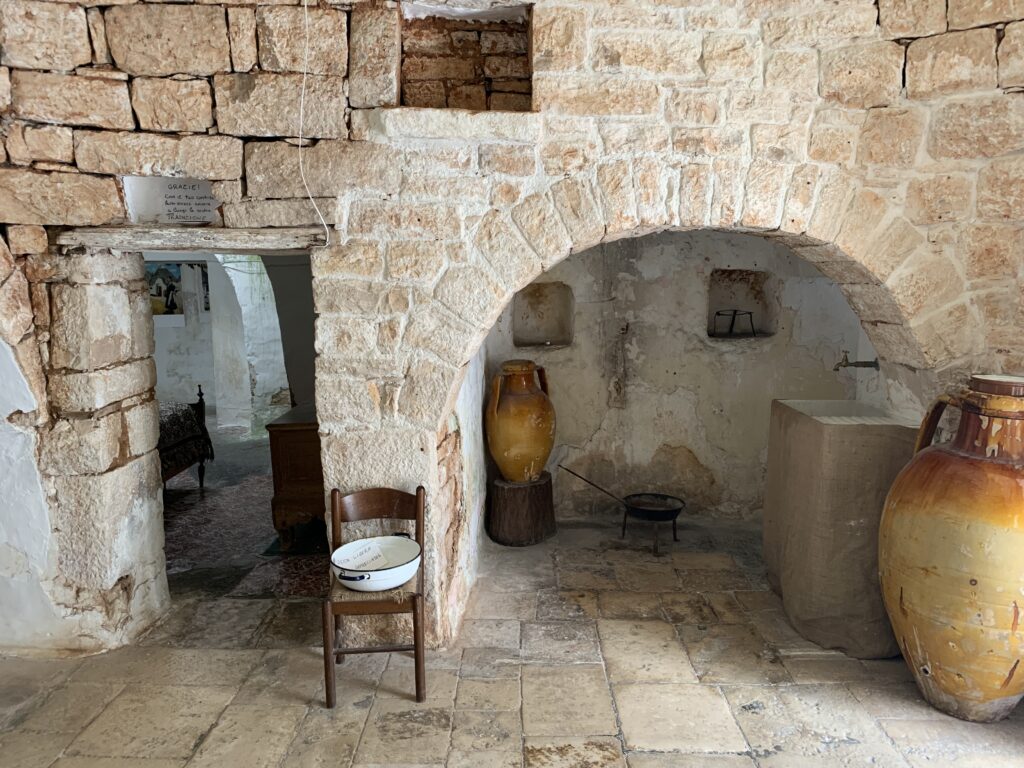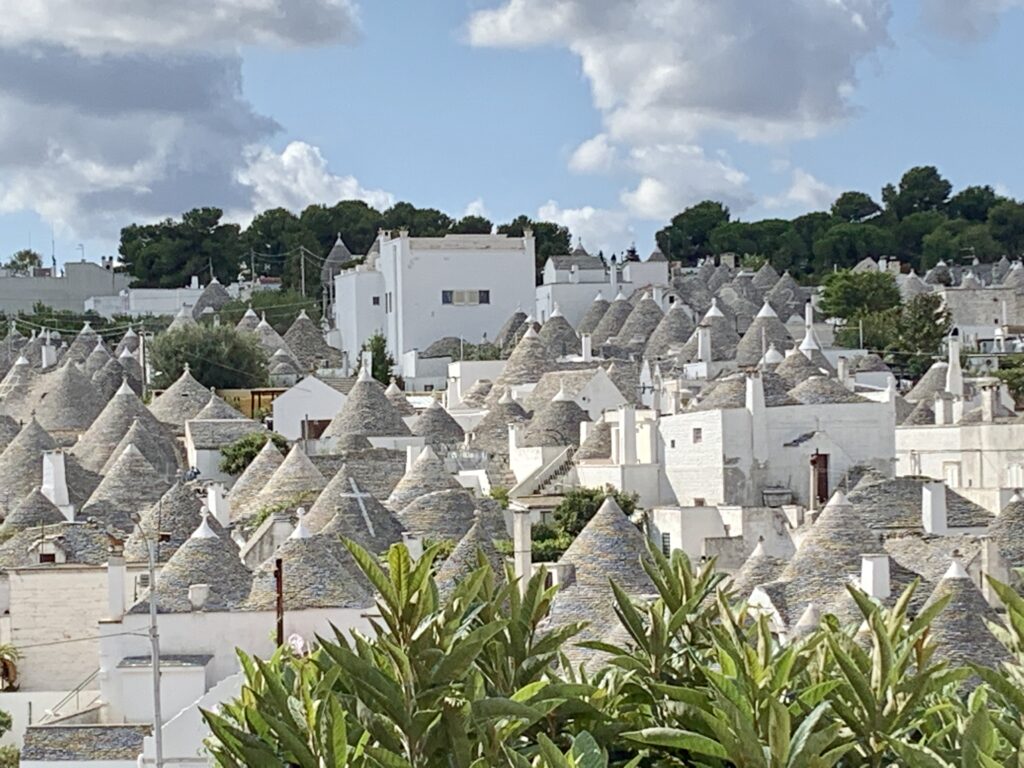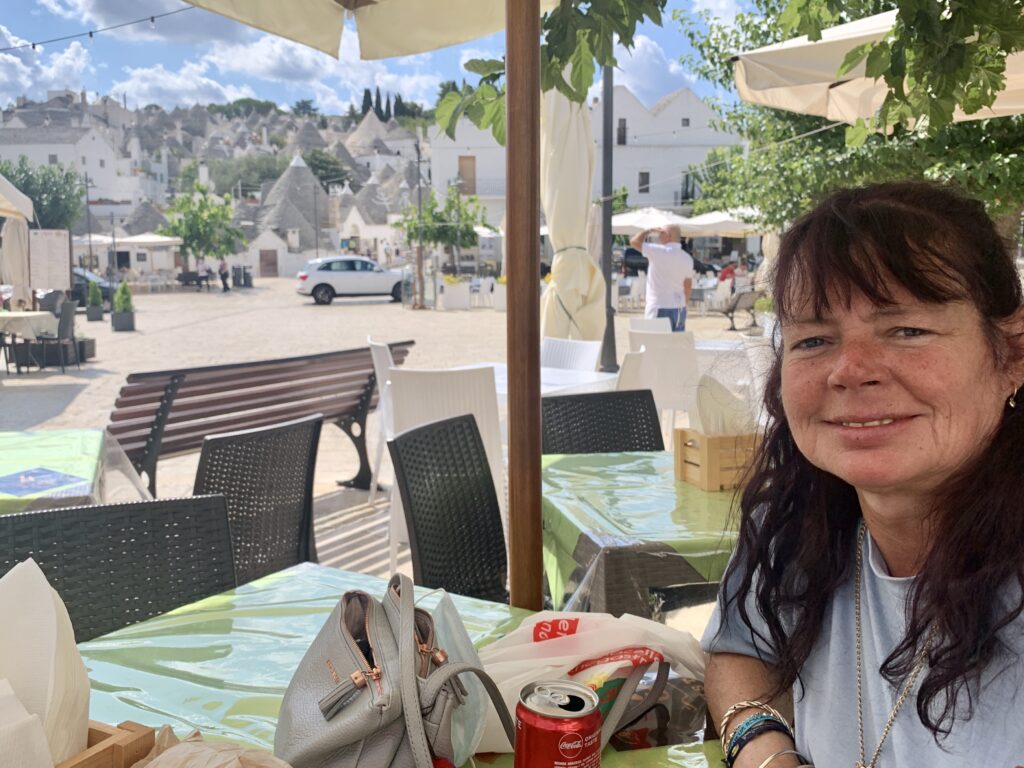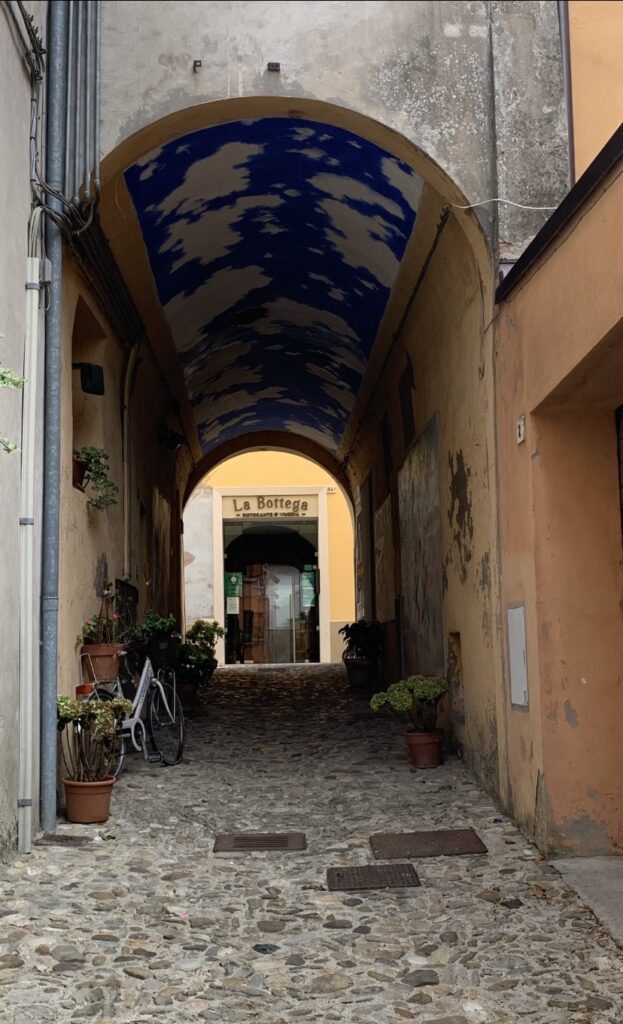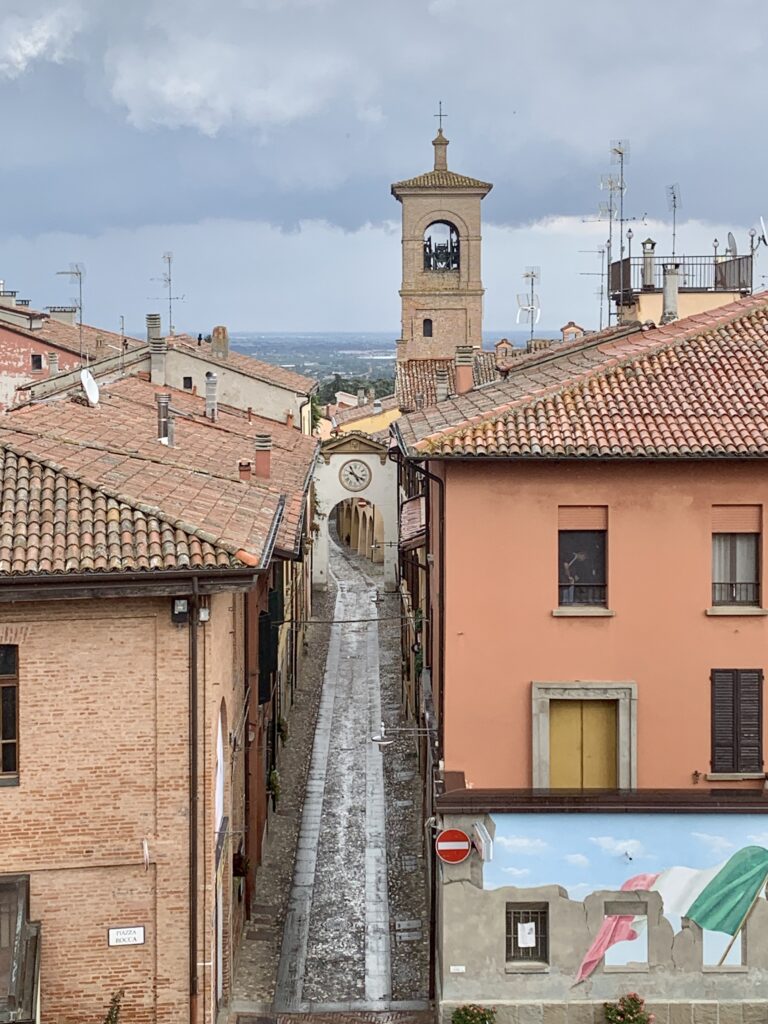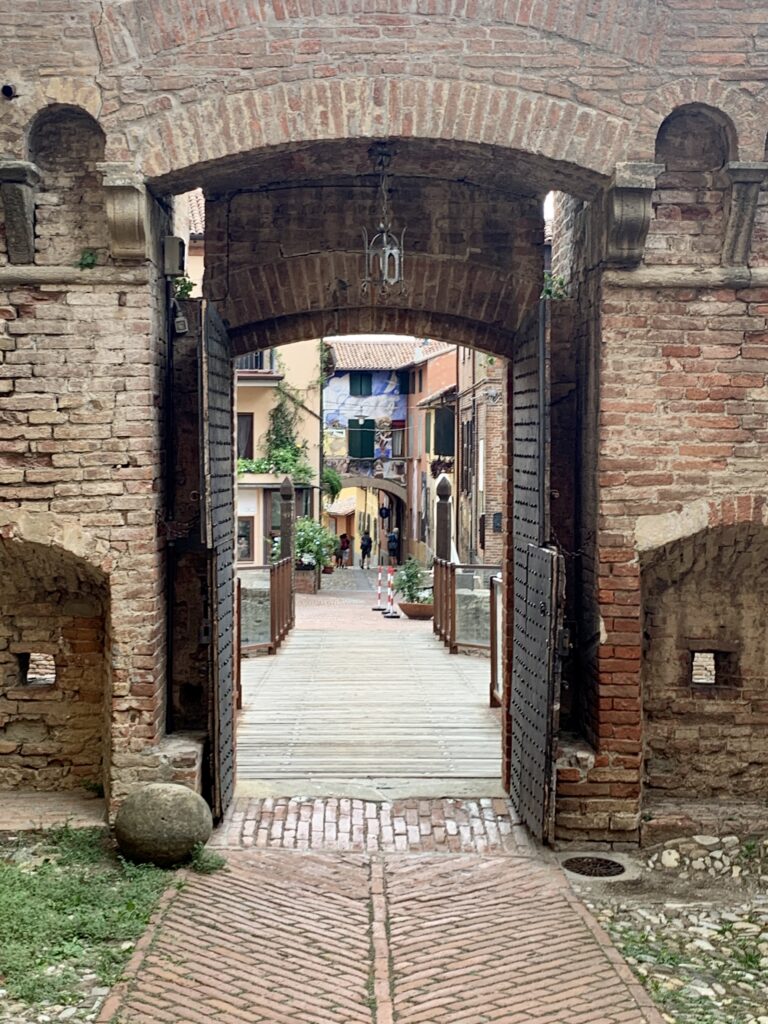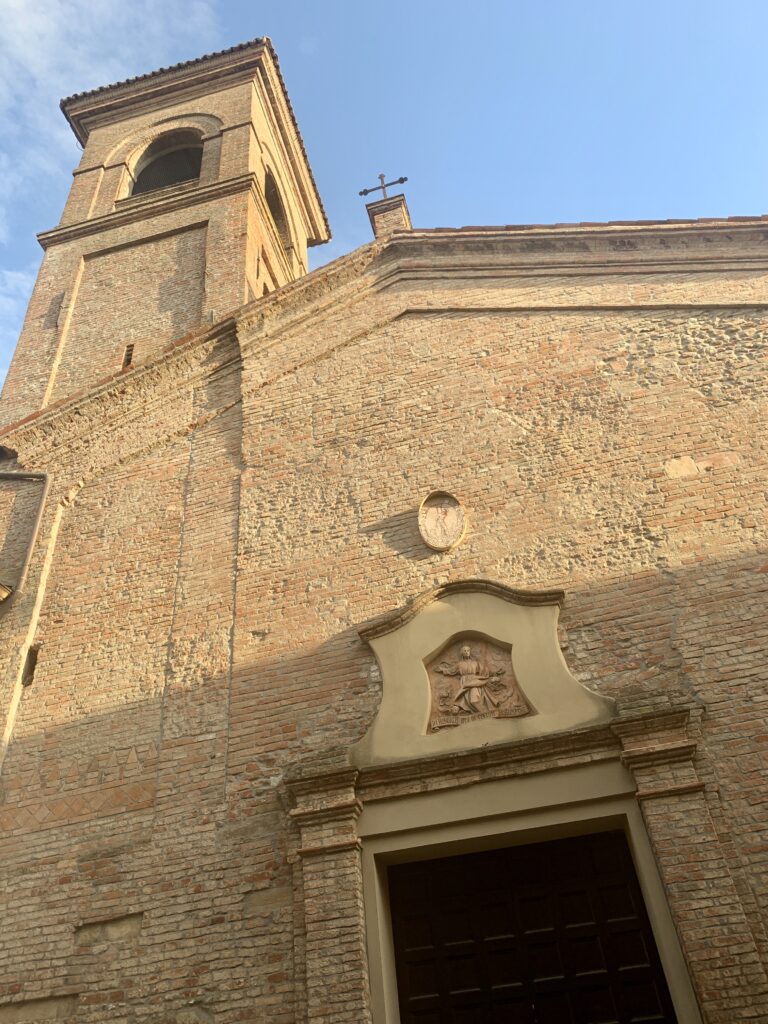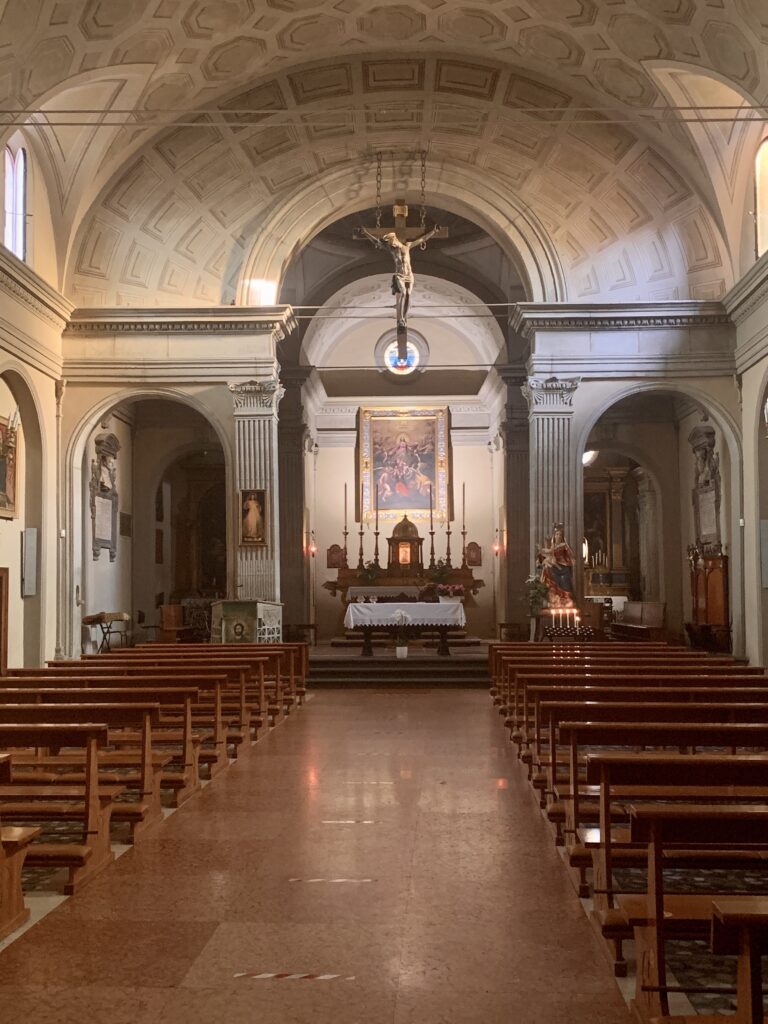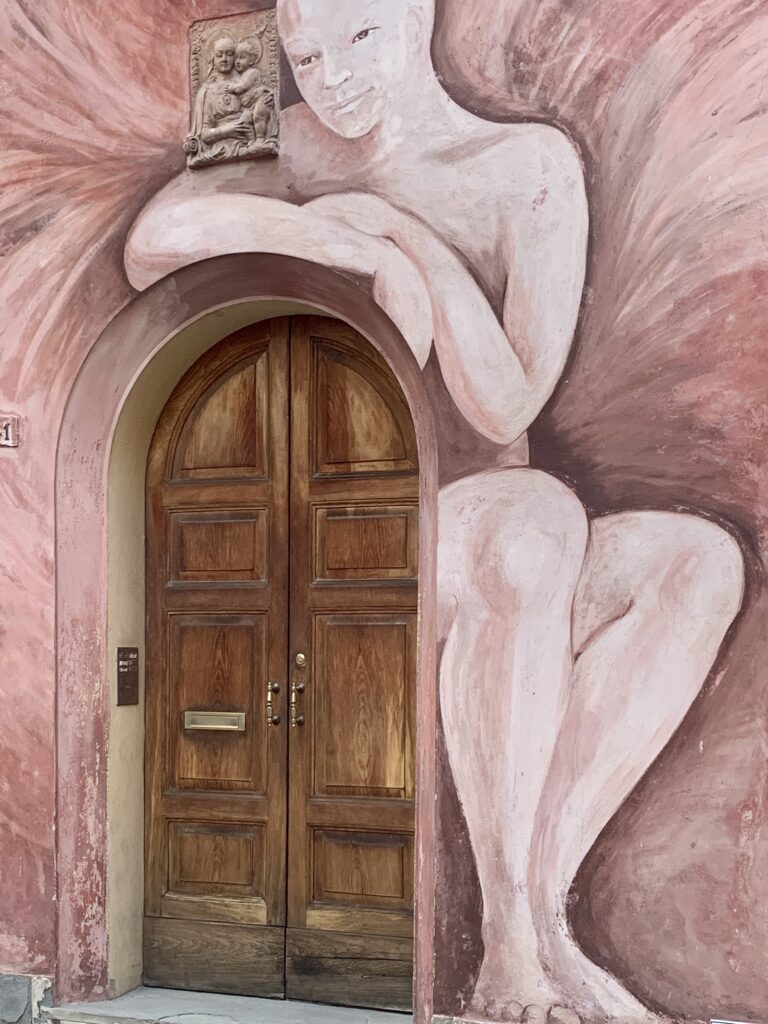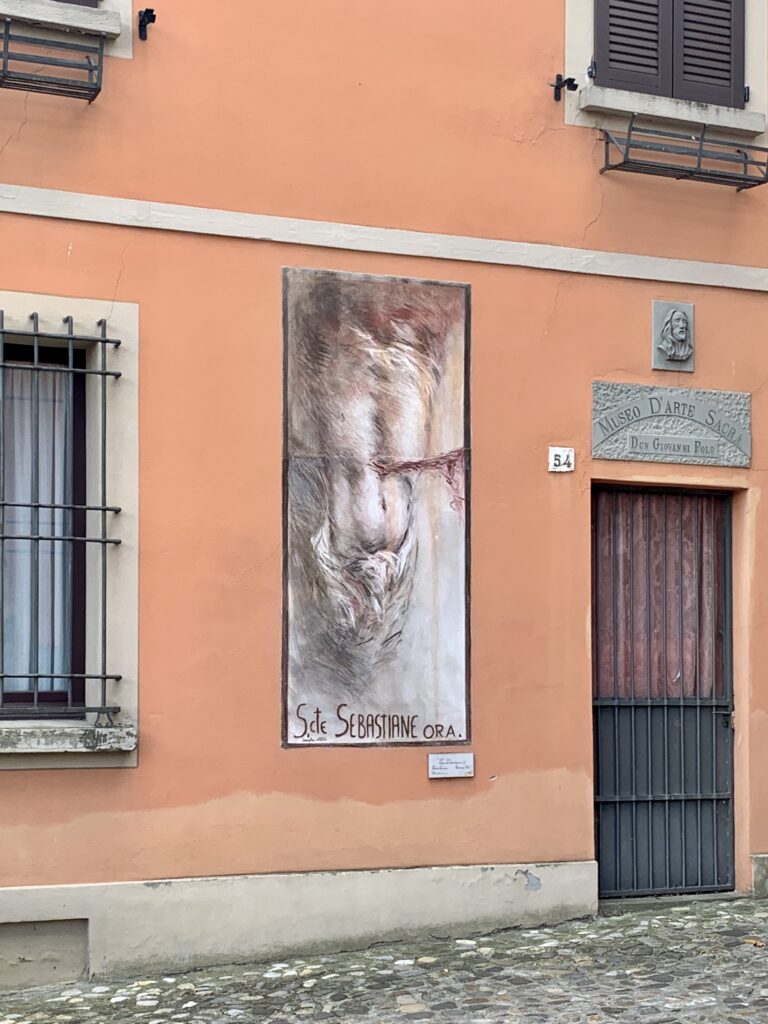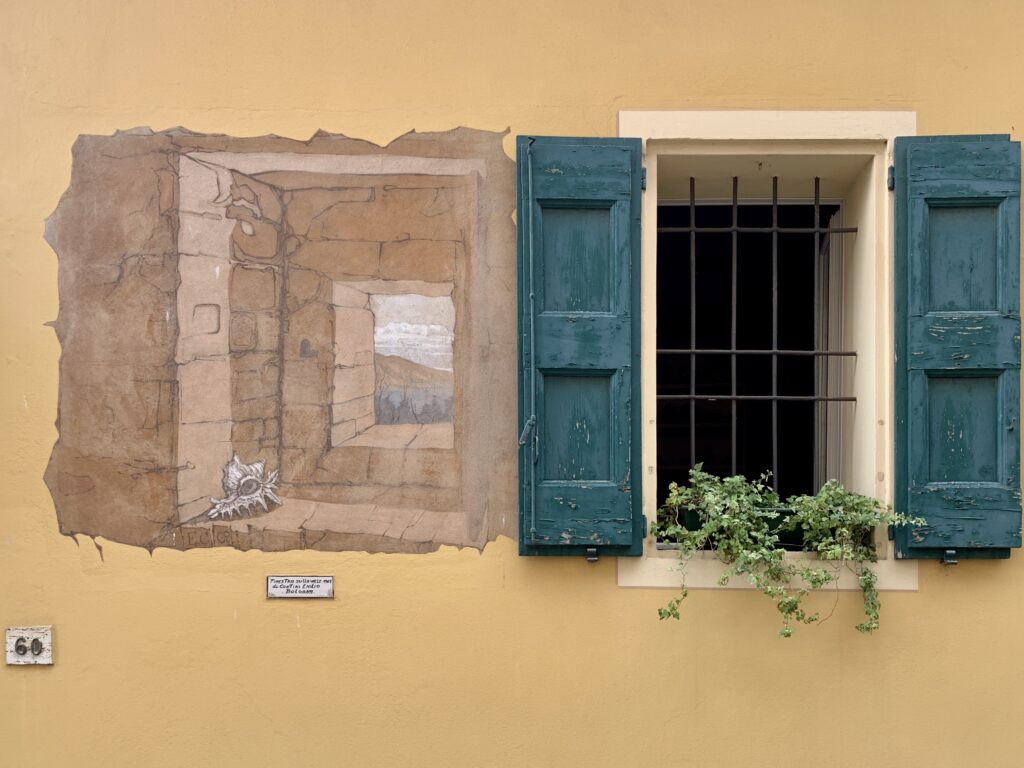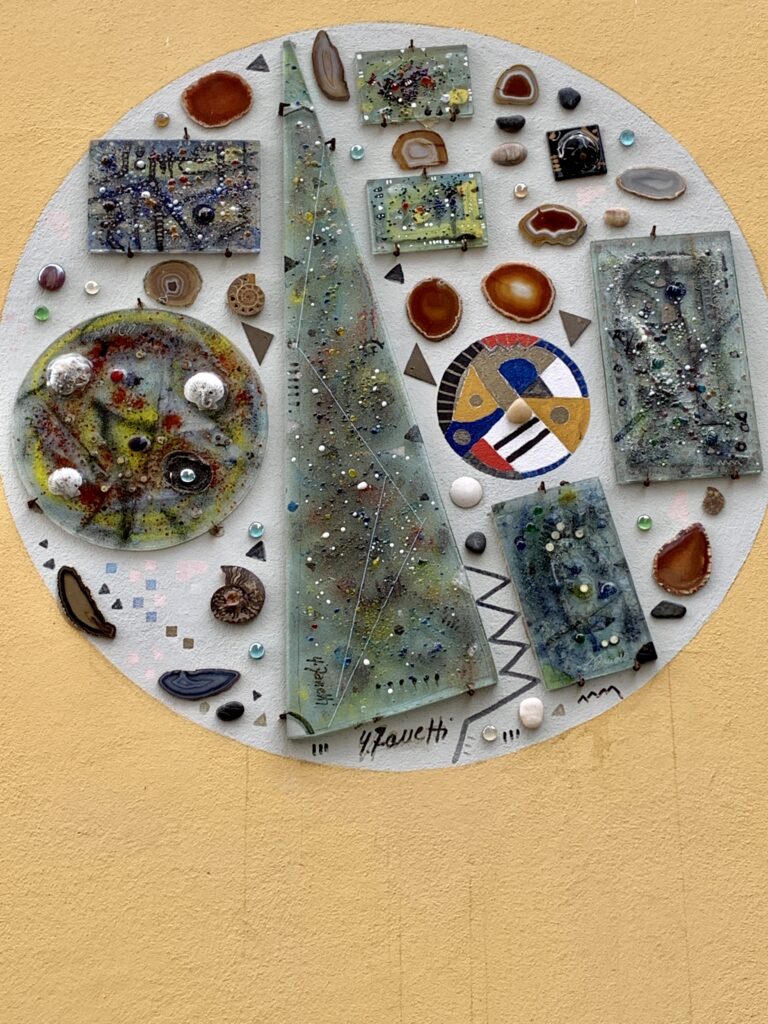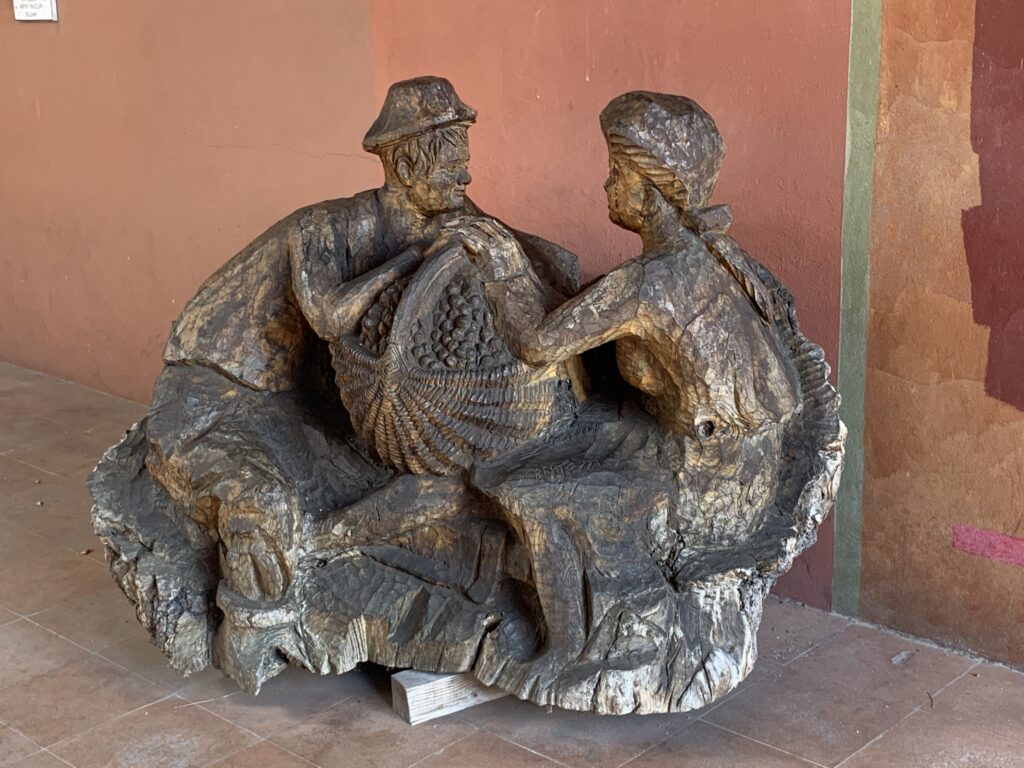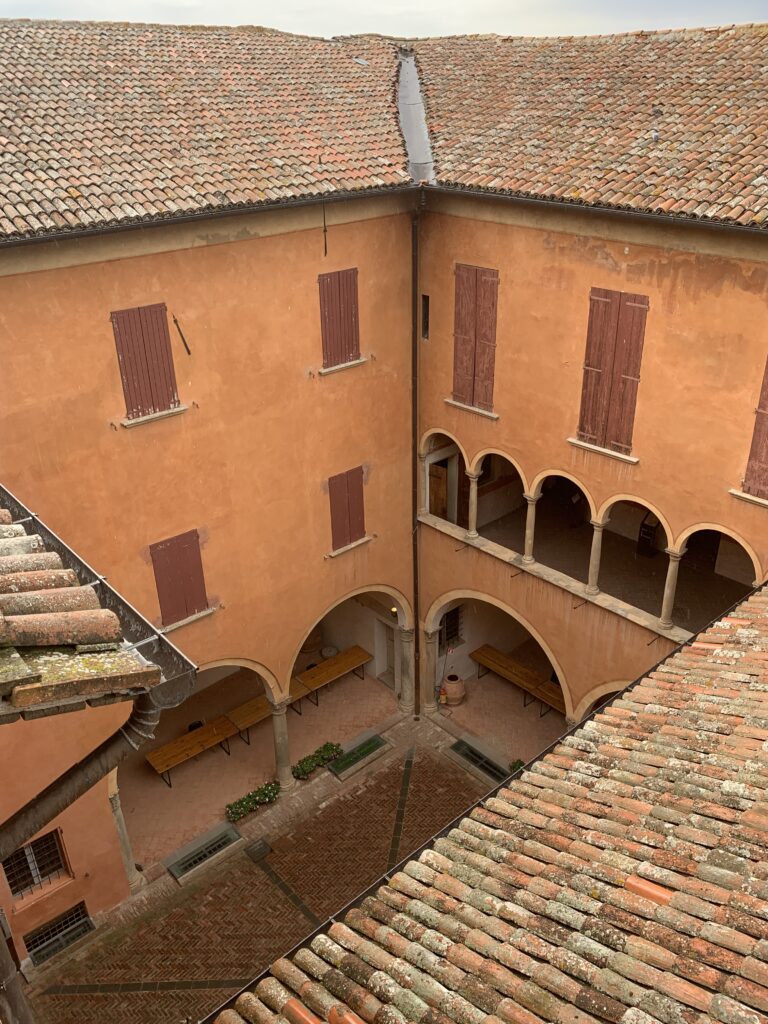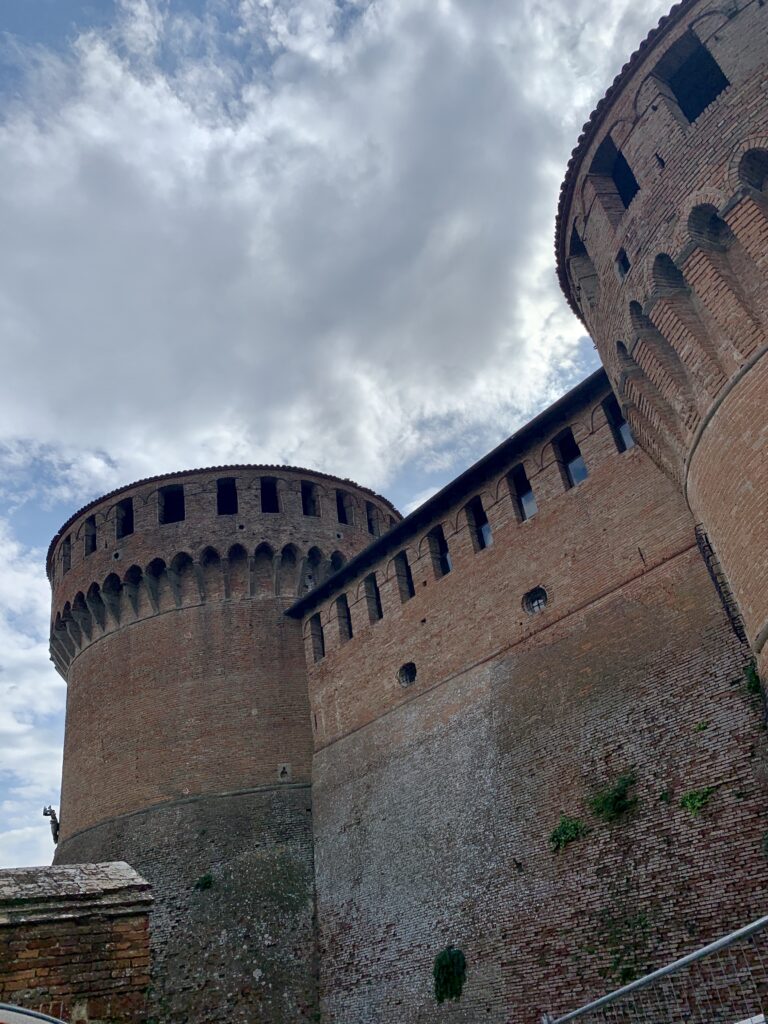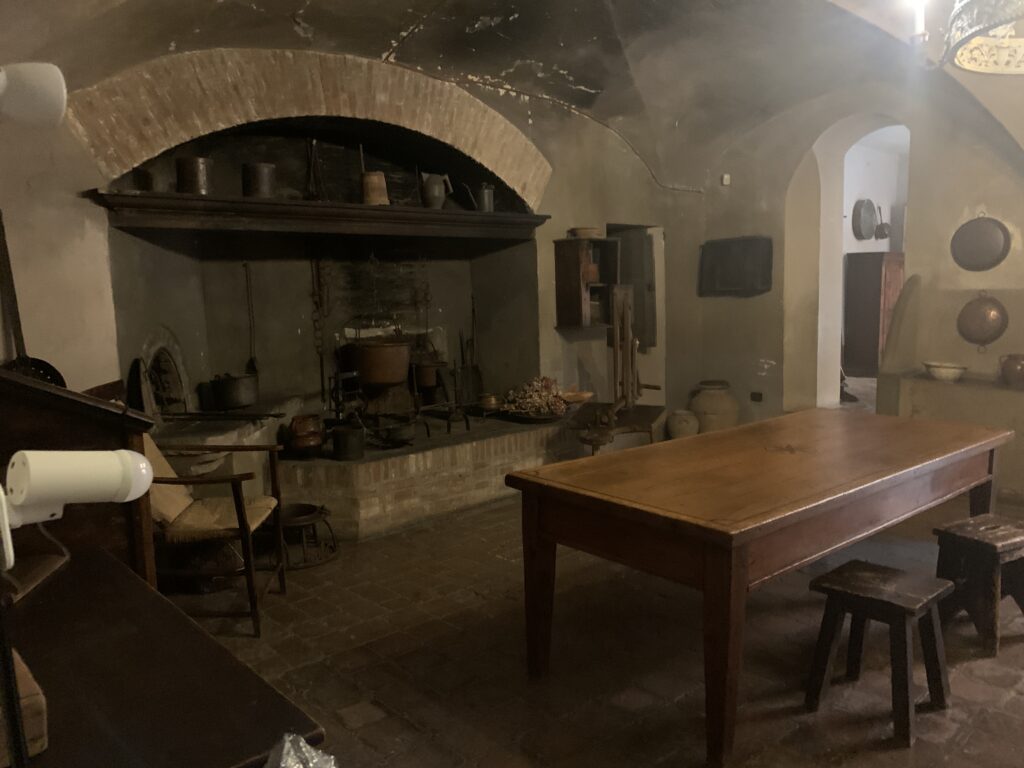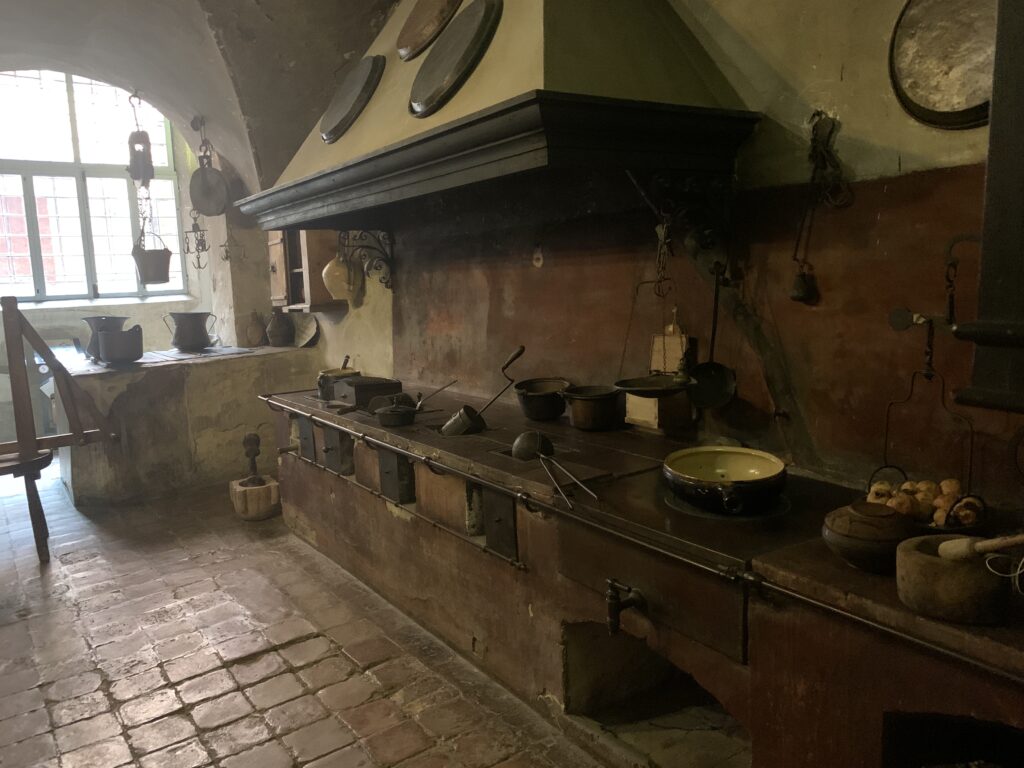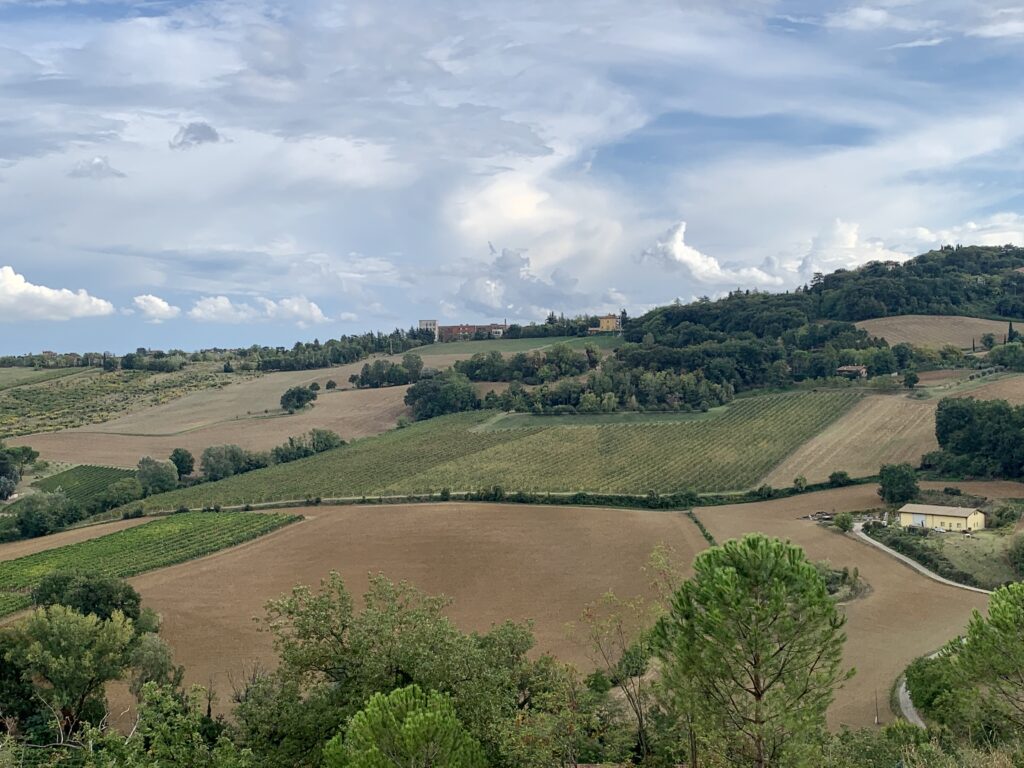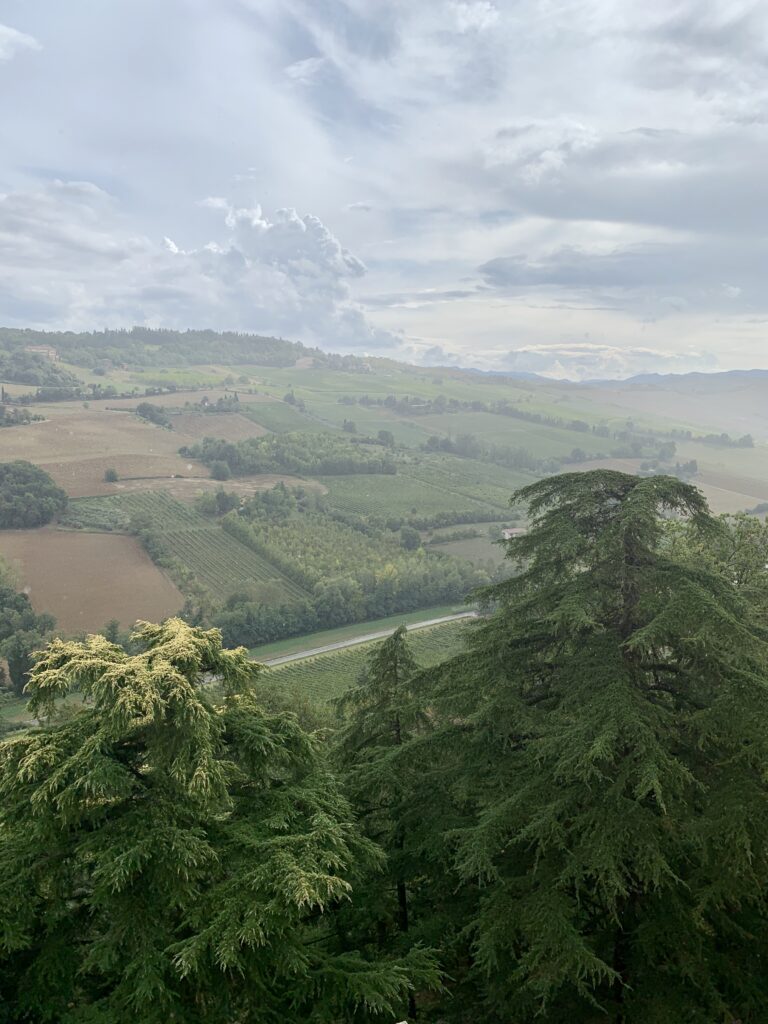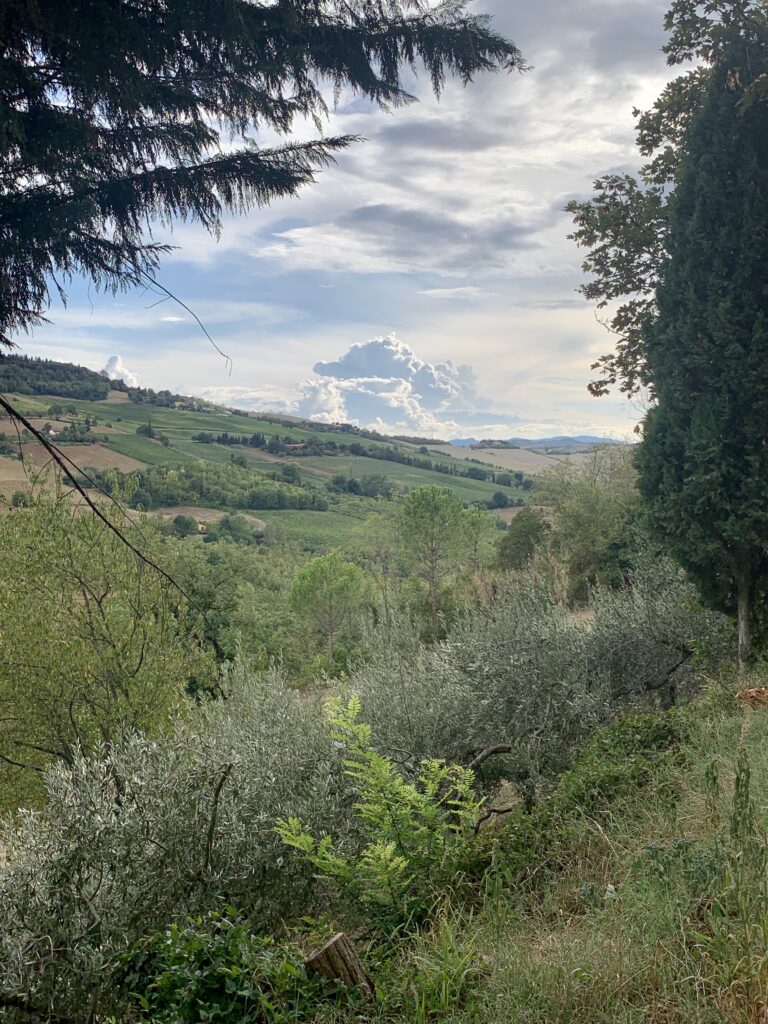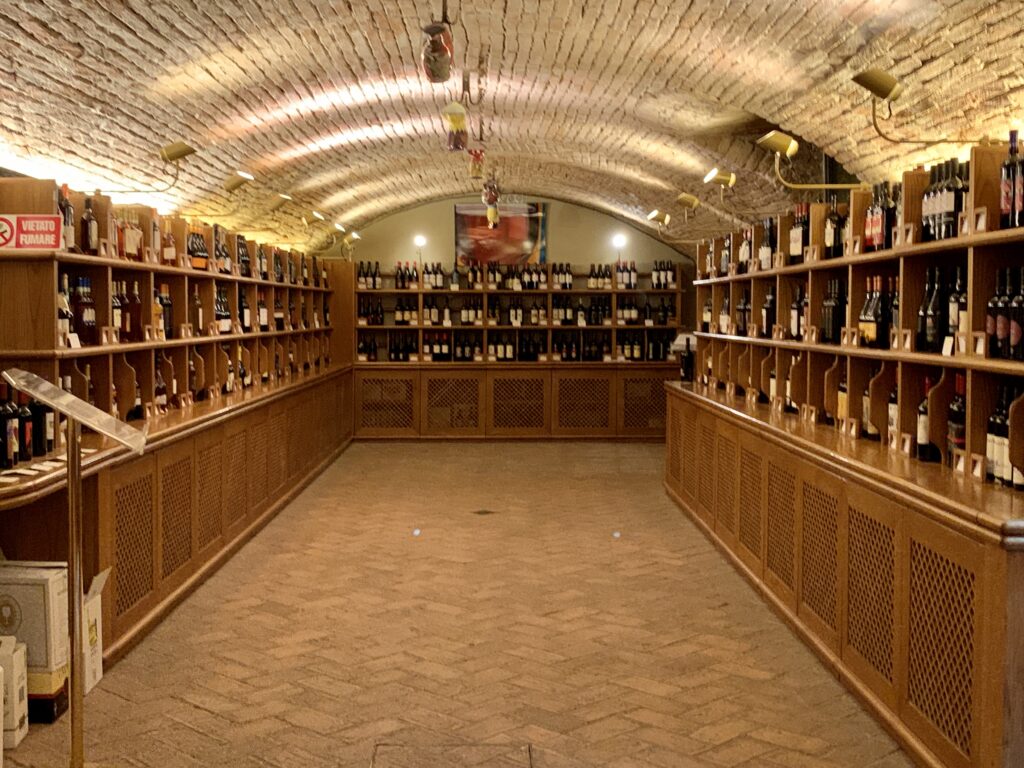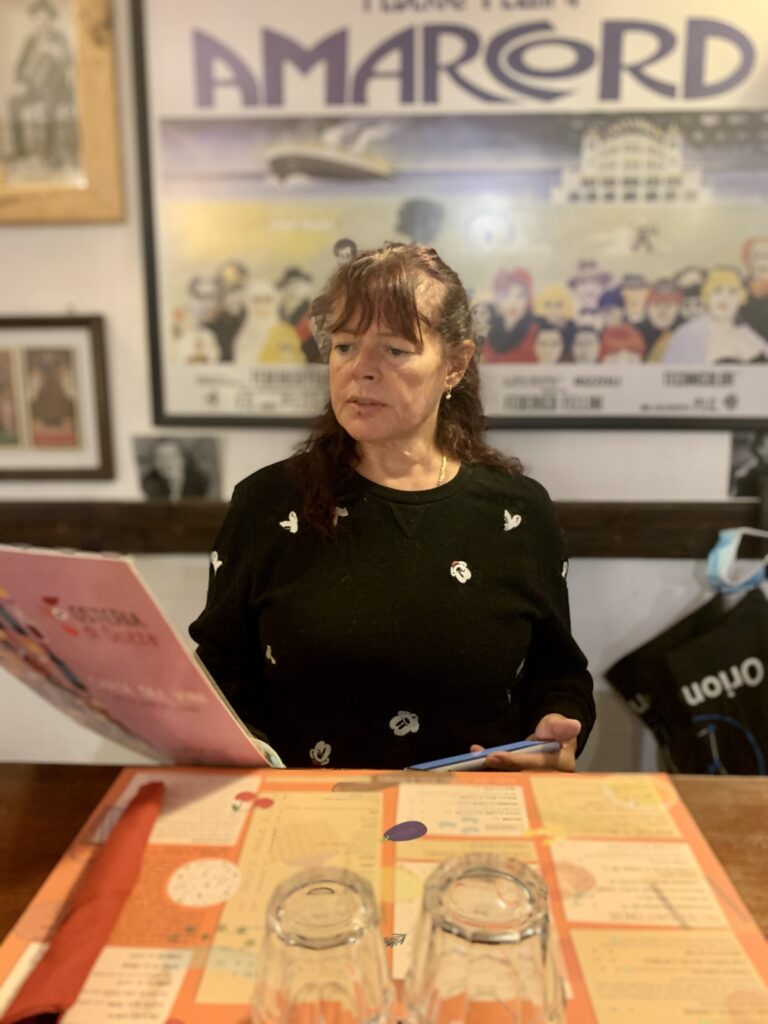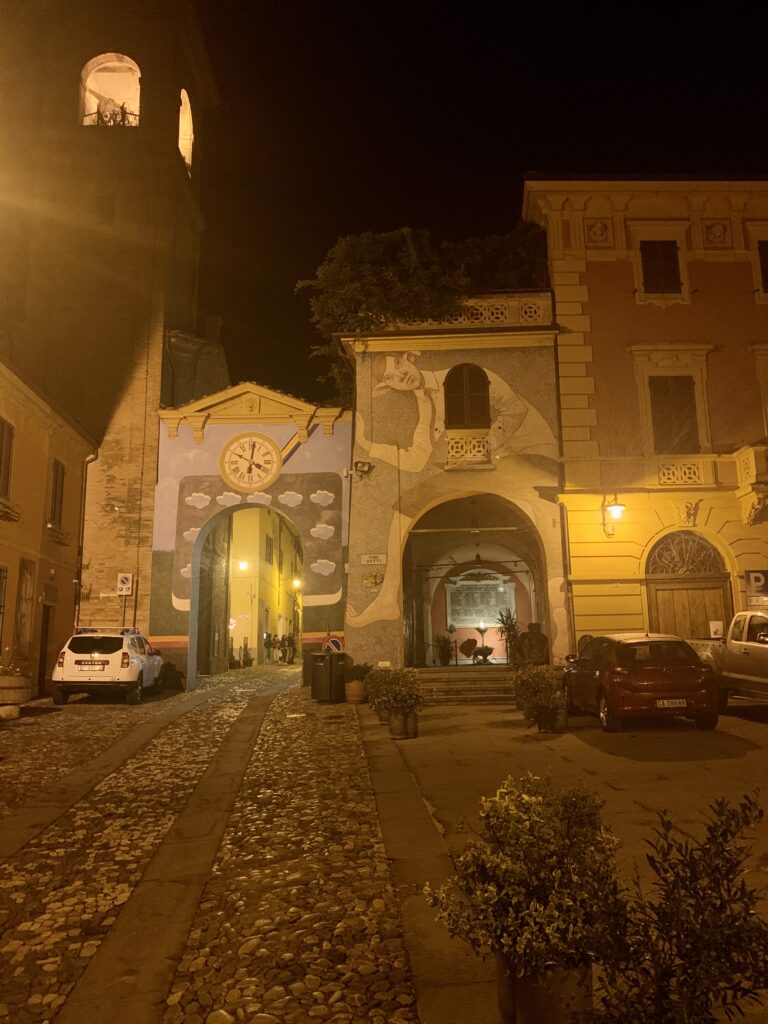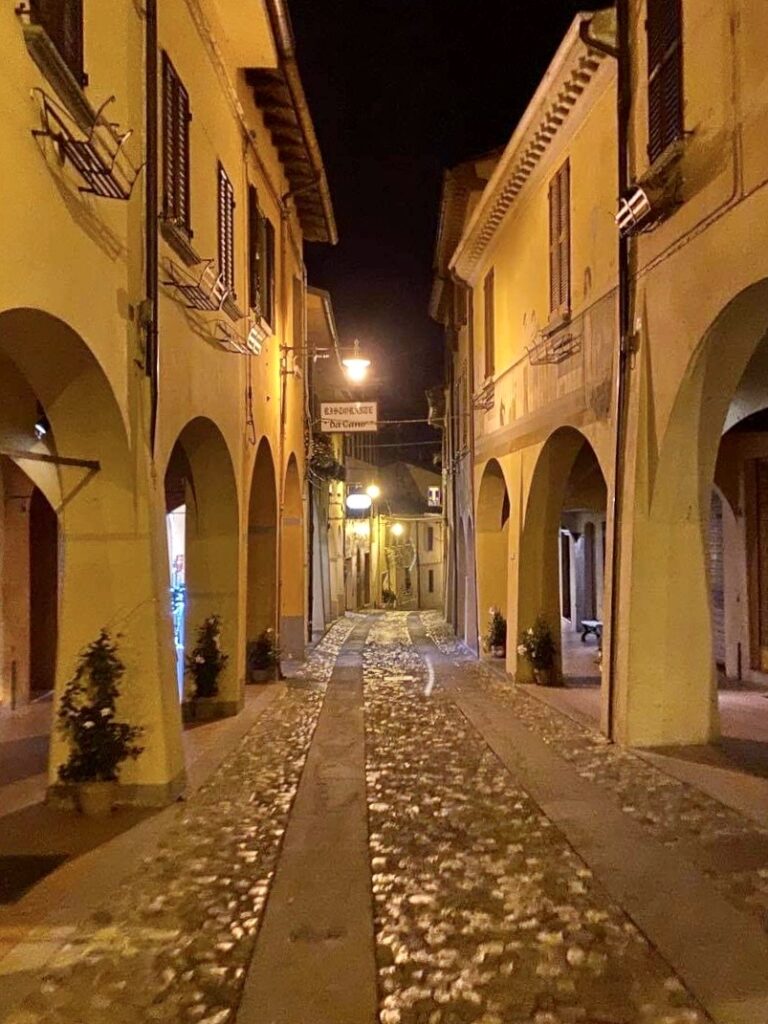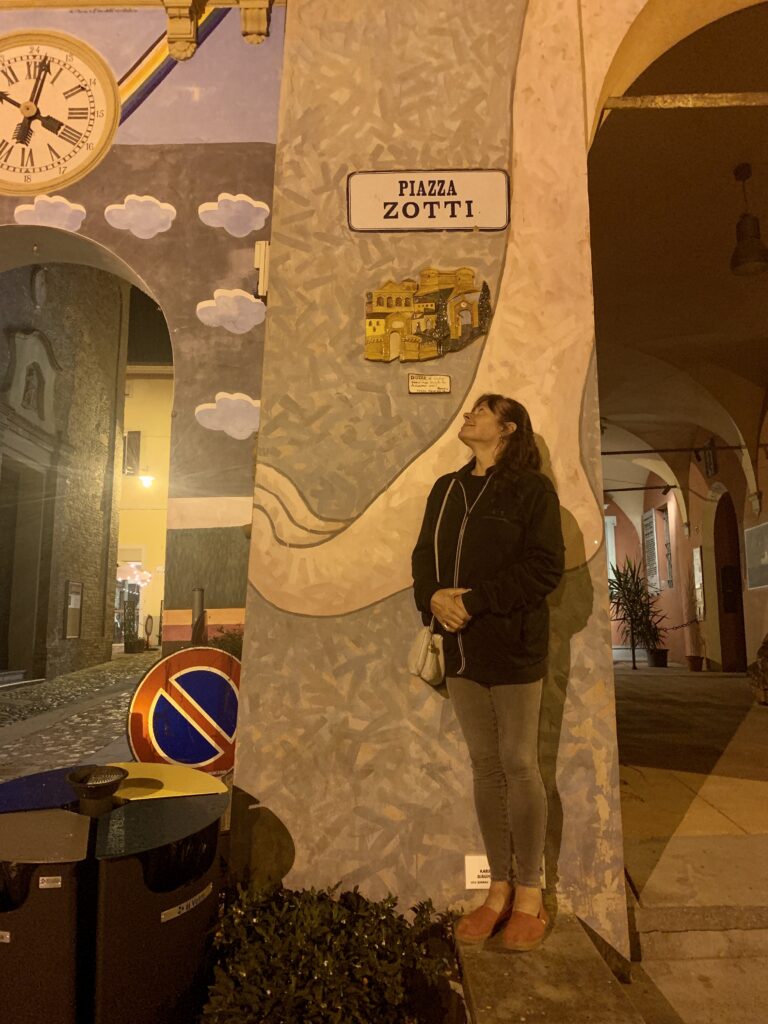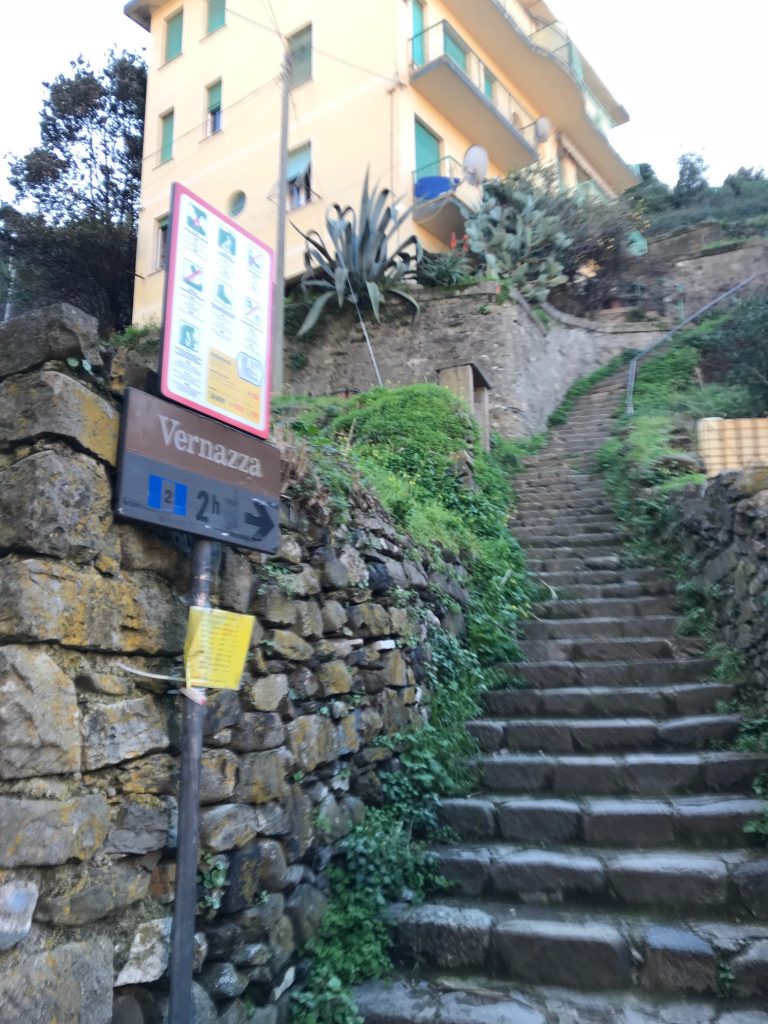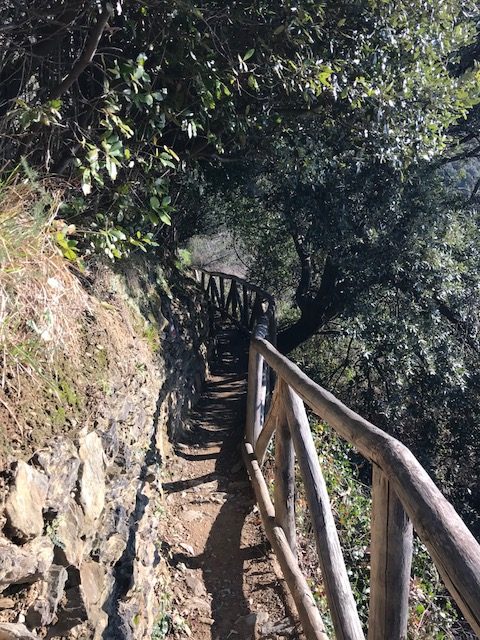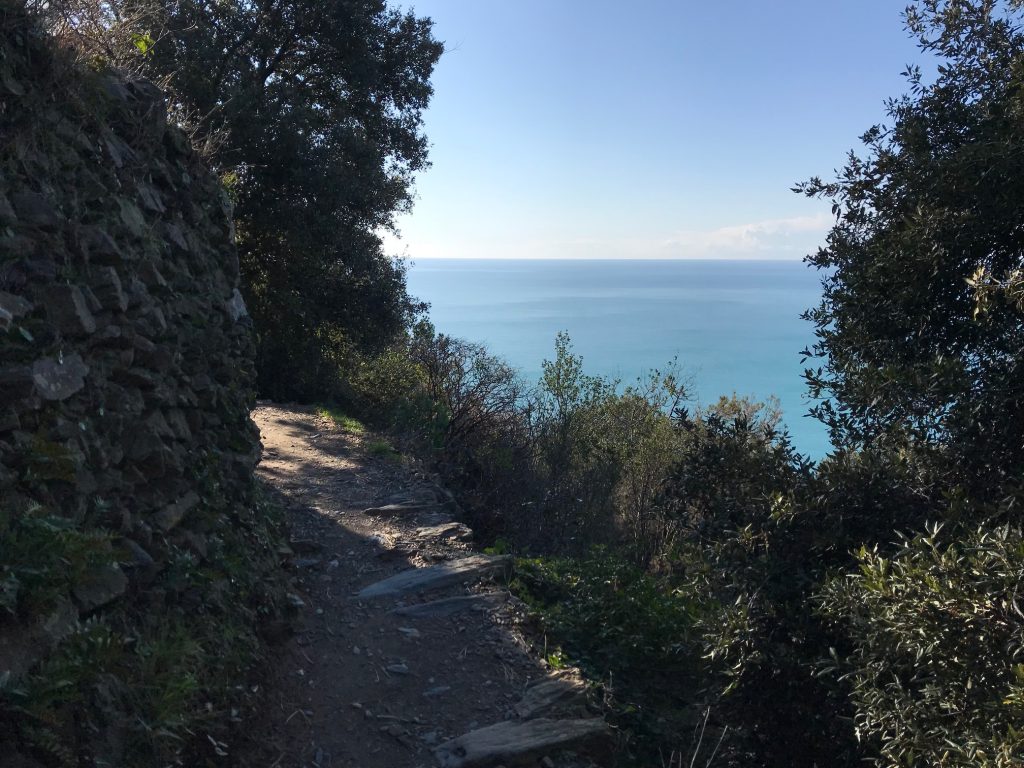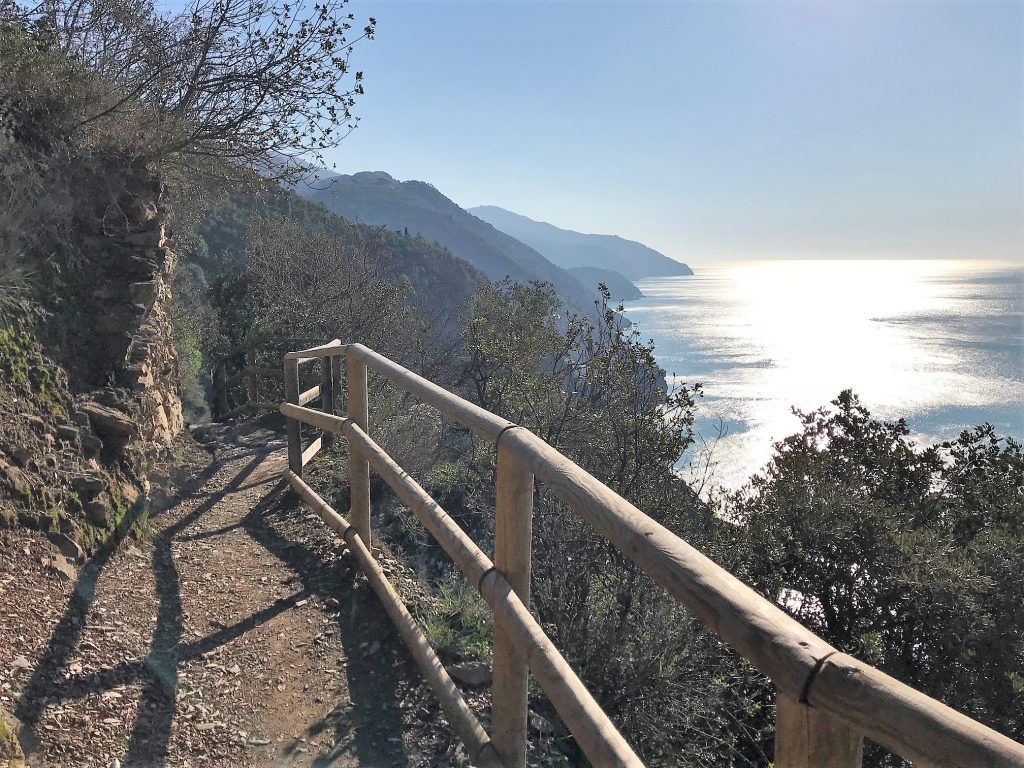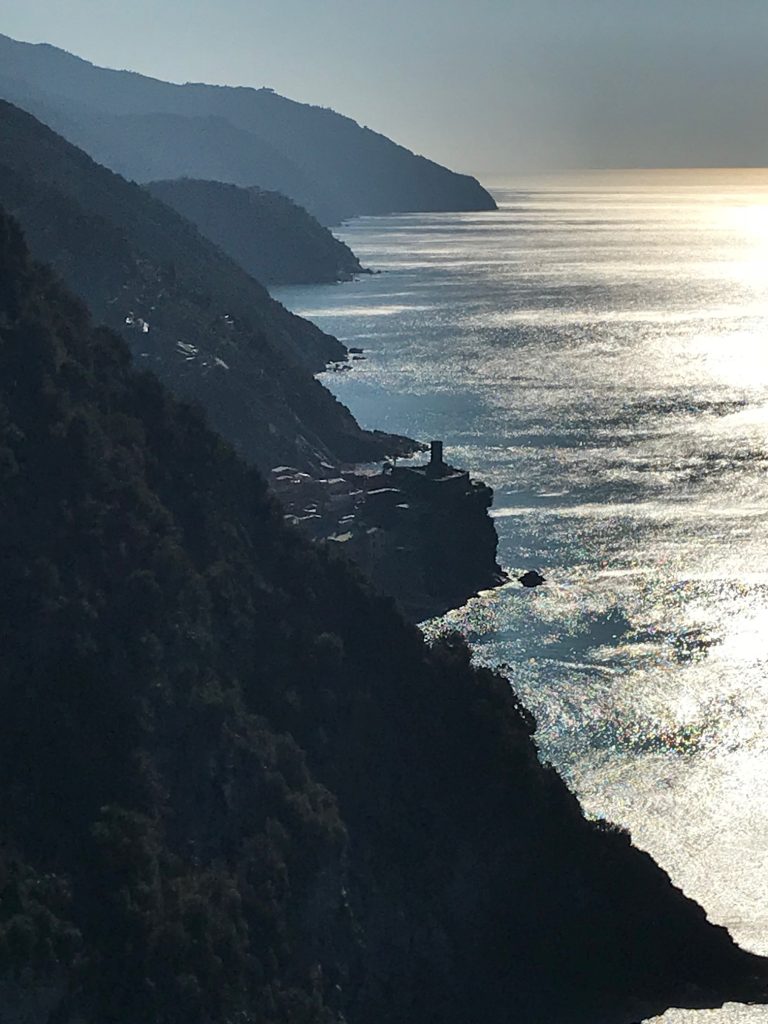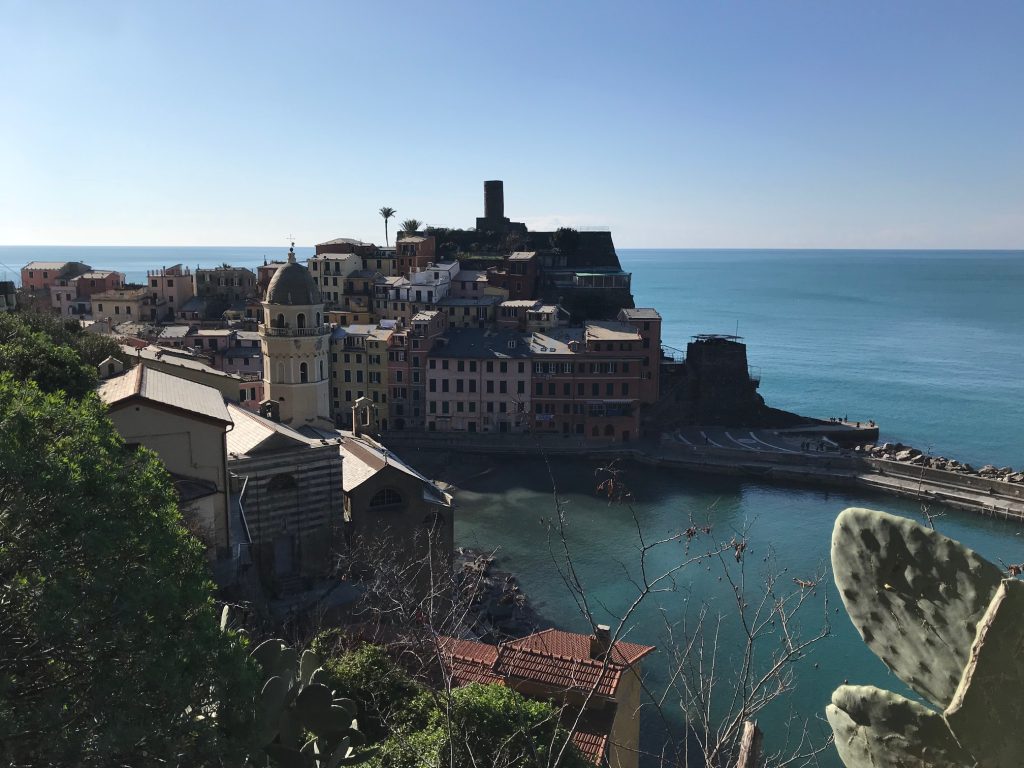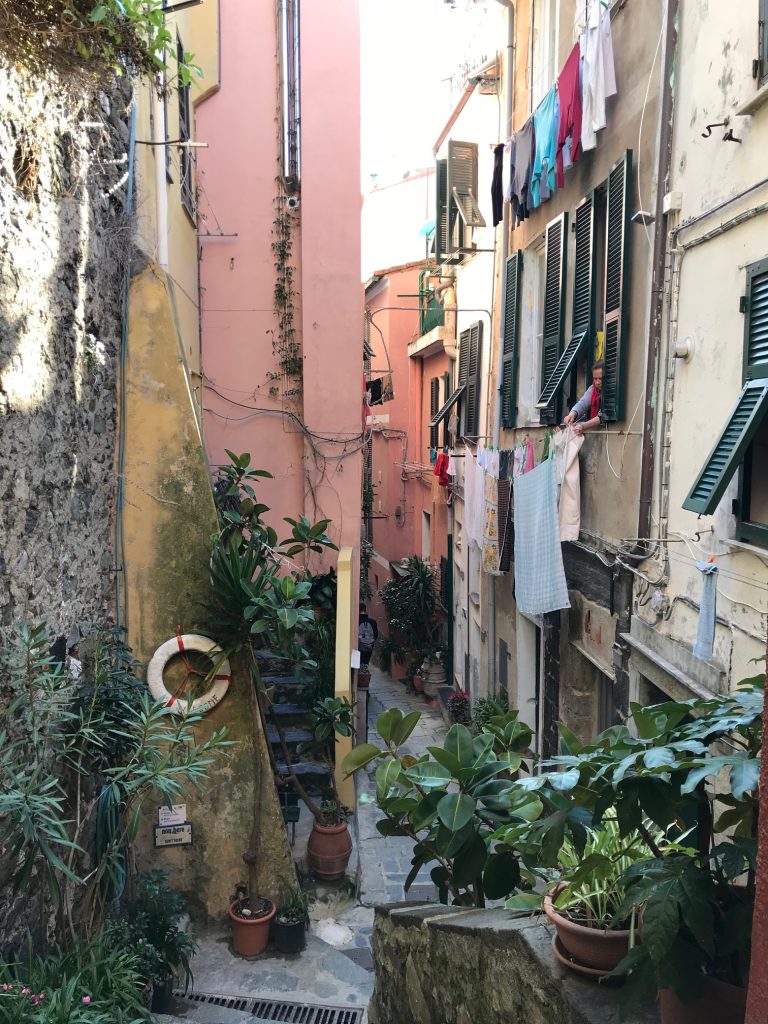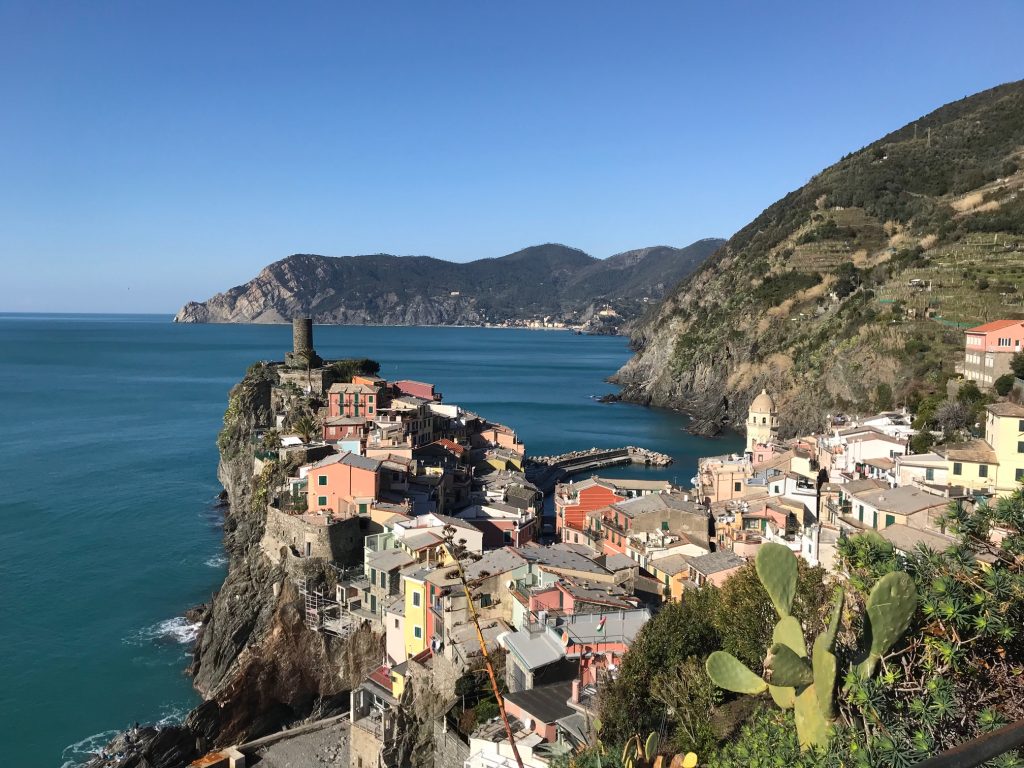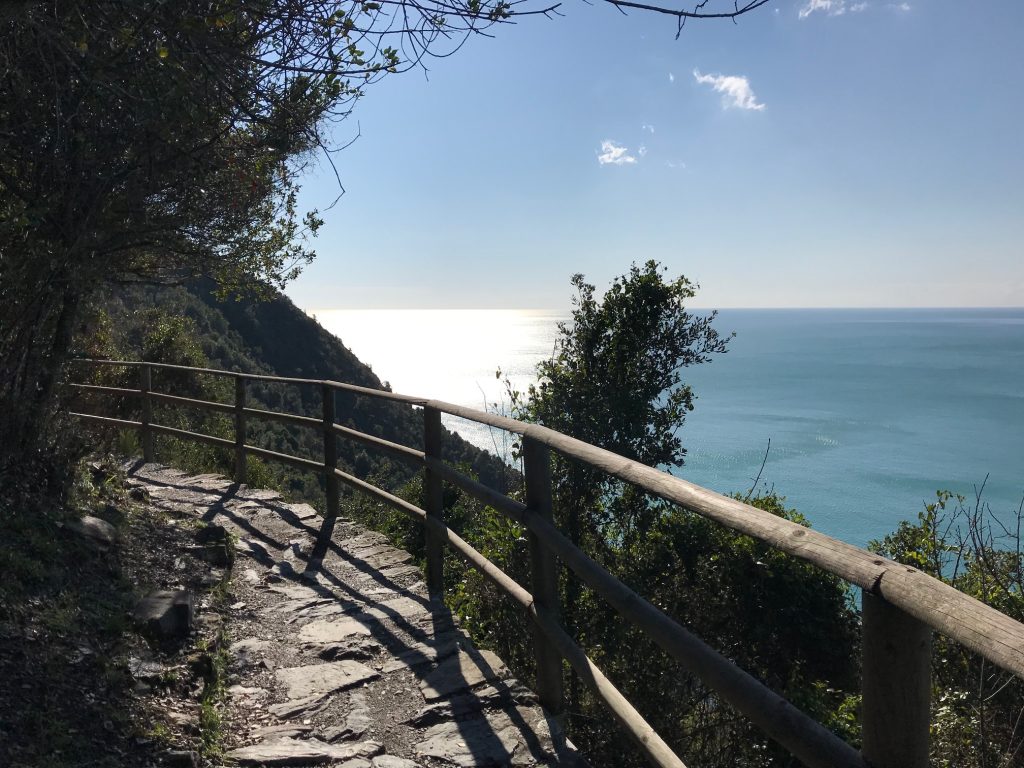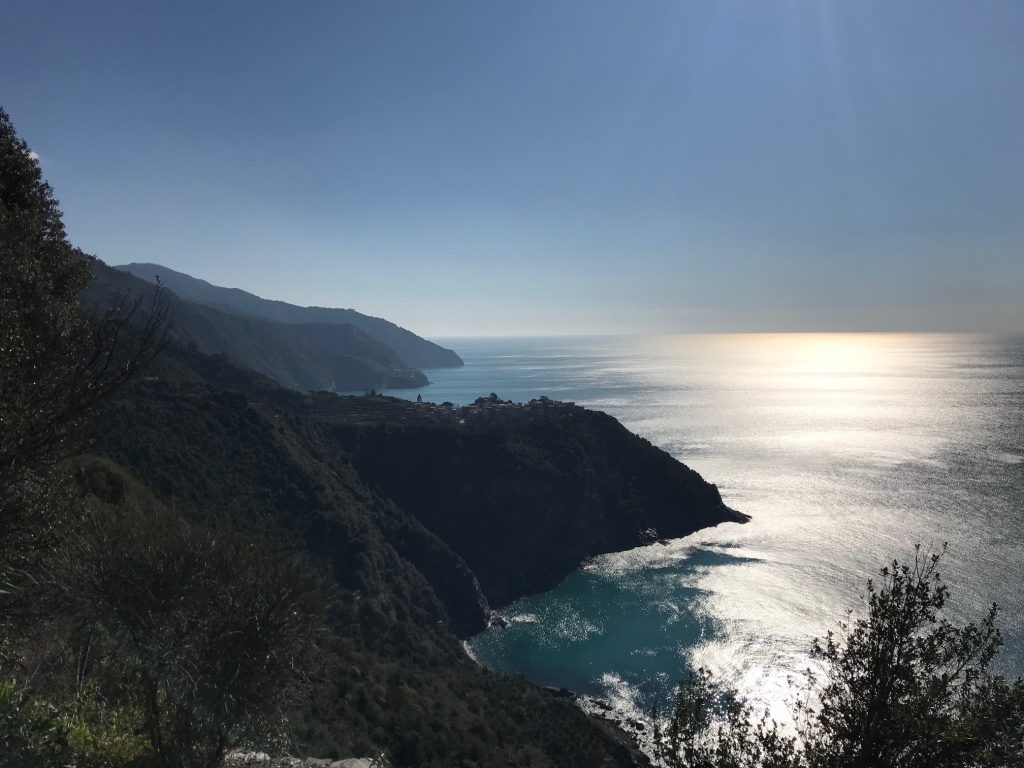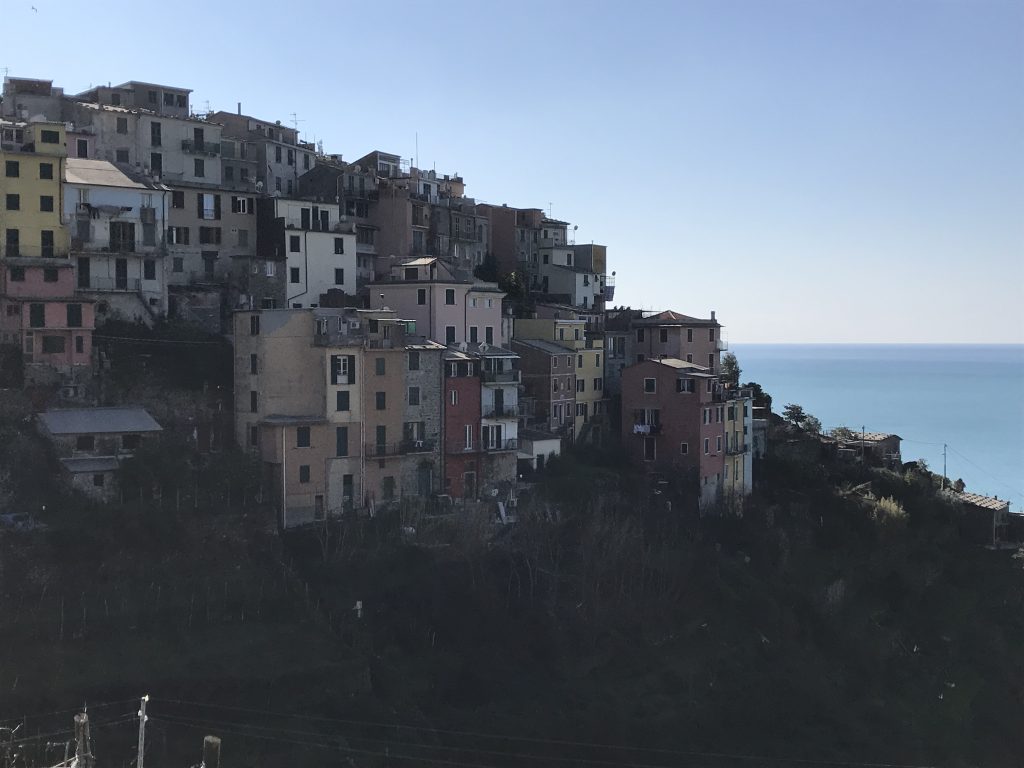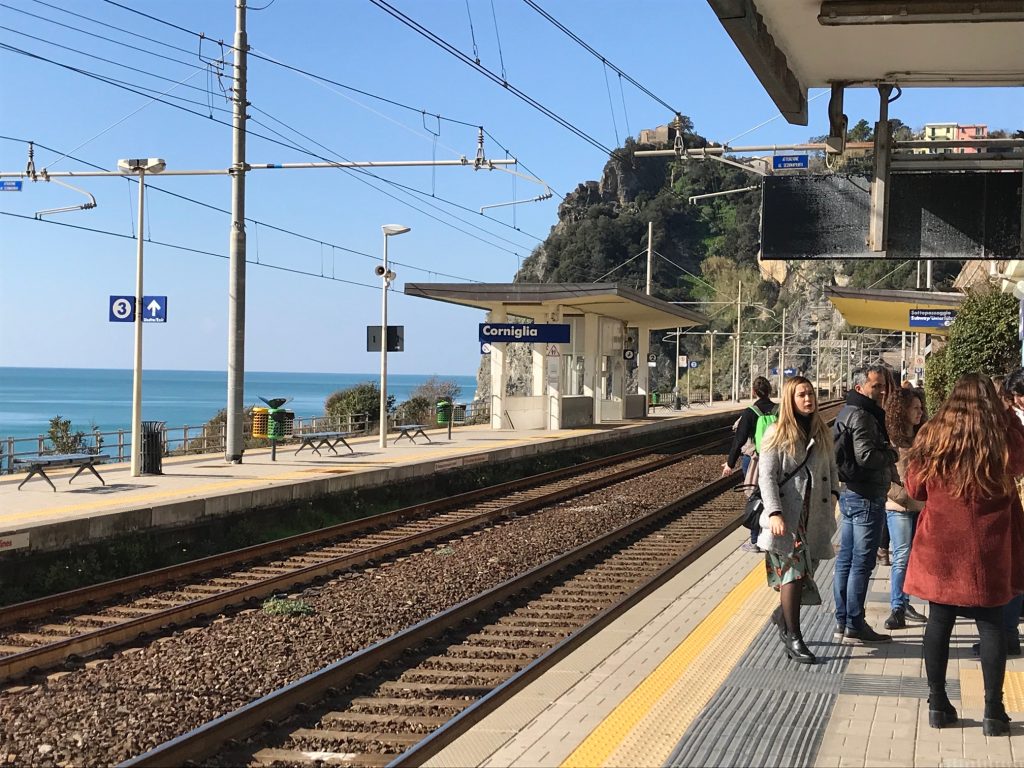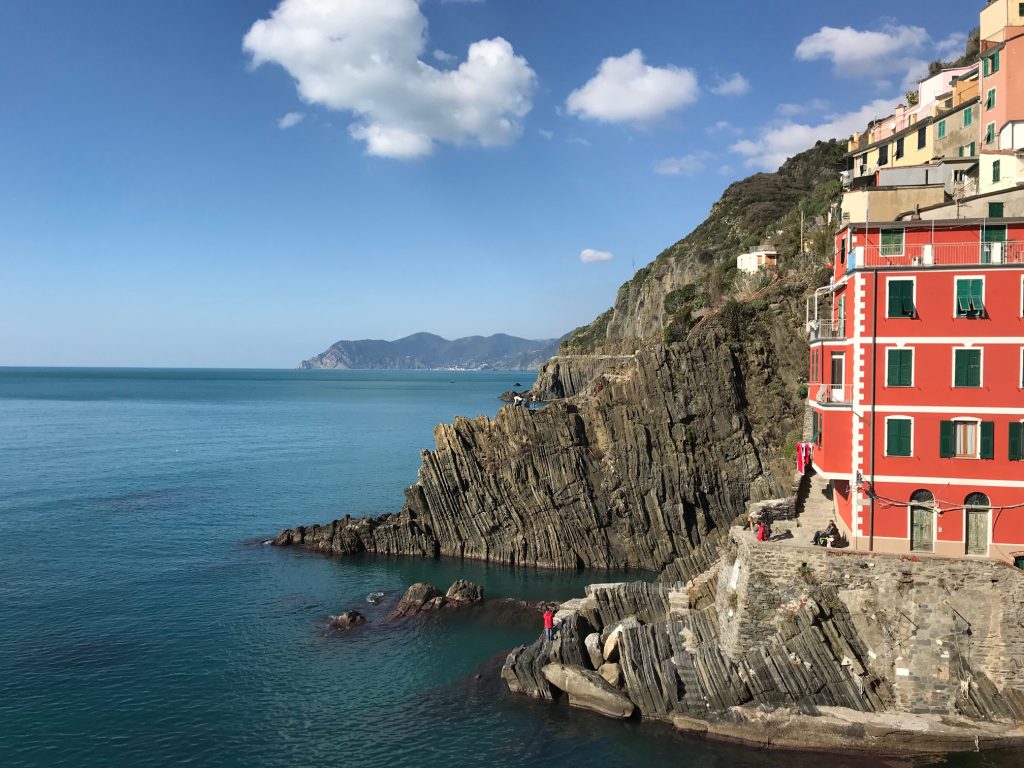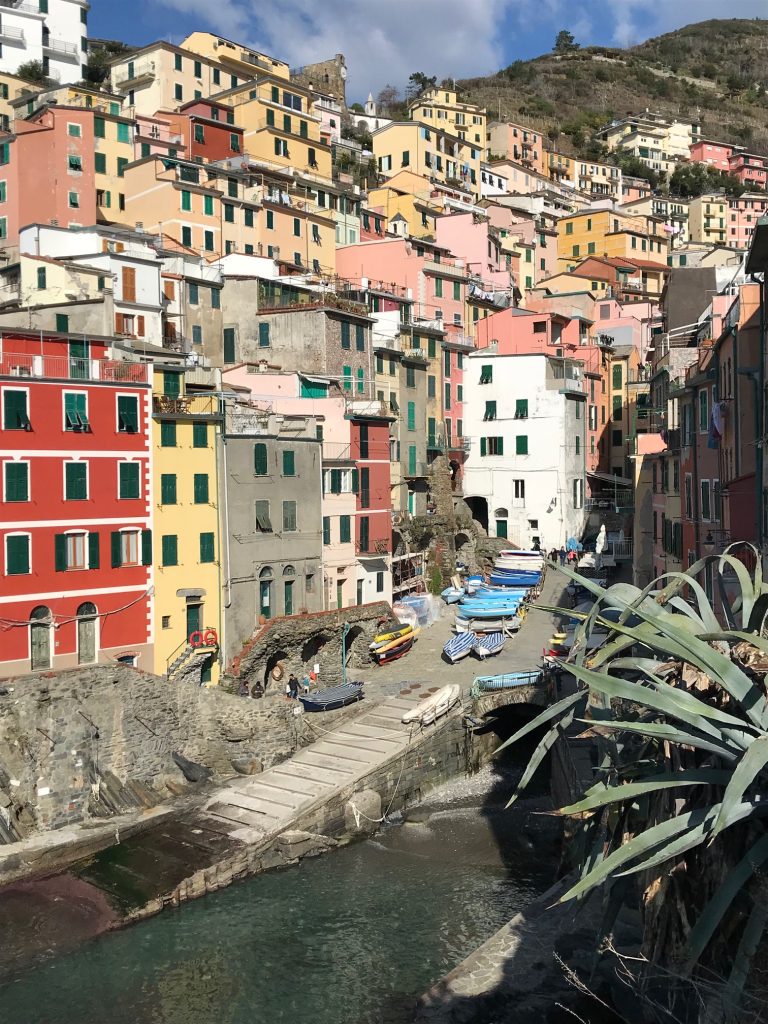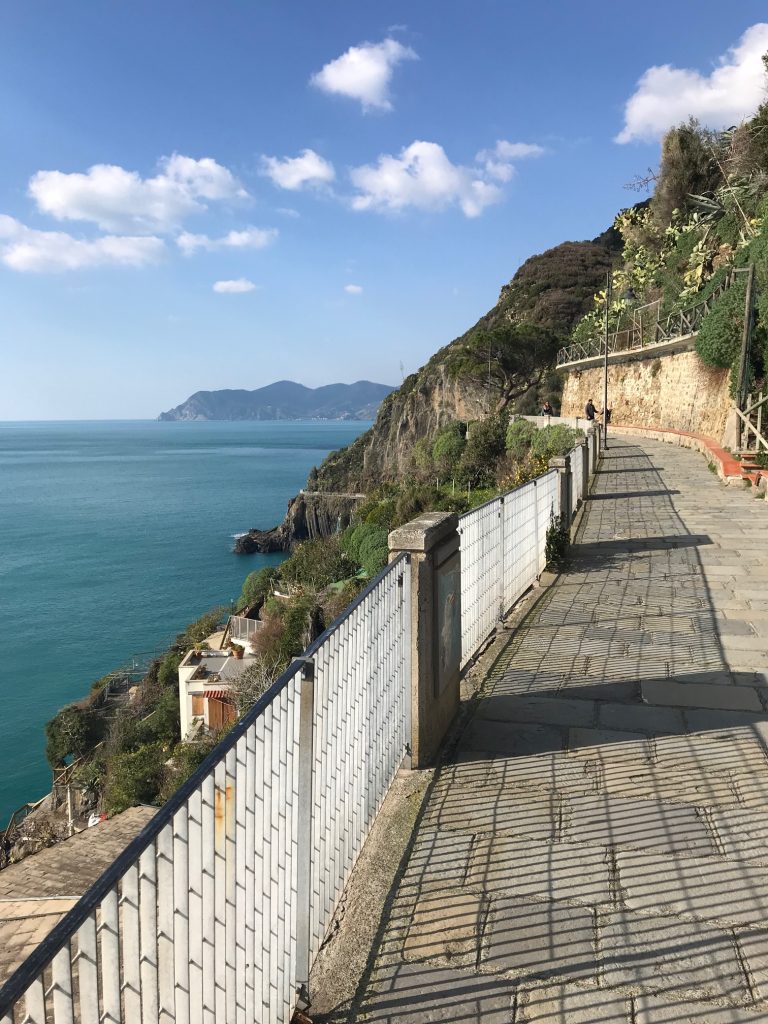I have no idea as to why we decided to stop in Garbagne in rural Piedmont (probably just looking for a half decent campsite either in or close to a town or village where we could get a meal and a glass of wine) but, after a quick explore I really didn’t expect anything of the place. I was in for a surprise.
Garbagne is a small village through which the SP120 road passes. In Garbagna, they call this part of the SP120 the ‘Via Roma’ but that is a tad grand. The SP120 is a thoroughfare; it doesn’t go to Rome or anywhere else of any significance. The village has maybe half a dozen narrow streets, the longest of which, the Via XIV Marzo, runs parallel with the Via Roma and connects the villages two squares. Piazza della Chiesa, at the eastern end of the village, is a dry featureless square holding the larger of the village’s two churches, the ‘San Giovanni Battista Decollato’ (or Church of St John the Baptist) and a rather plain looking town hall. The larger, prettier, well shaded Piazza Doria at the western edge of the village accommodates the much smaller ‘Oratory of San Rocco’, a restaurant (the Bocu), a cafe bar and two tiny shops (a greengrocer and a general store). The shade on the Piazza is provided by four large chestnut trees which shelter the square’s centrepiece, a stone arch which straddles an old well – once the villages’s sole water supply. There are a few fixed steel benches under the chestnuts and a scattering of tables and chairs had been placed outside the Bocu and the cafe bar but all were empty. The village appeared deserted. It was a hot summer afternoon with the temperature in the shade well up into the high thirties. Garbagne was about as sleepy a place as you could imagine on a seriously hot Sunday in rural Piedmont.
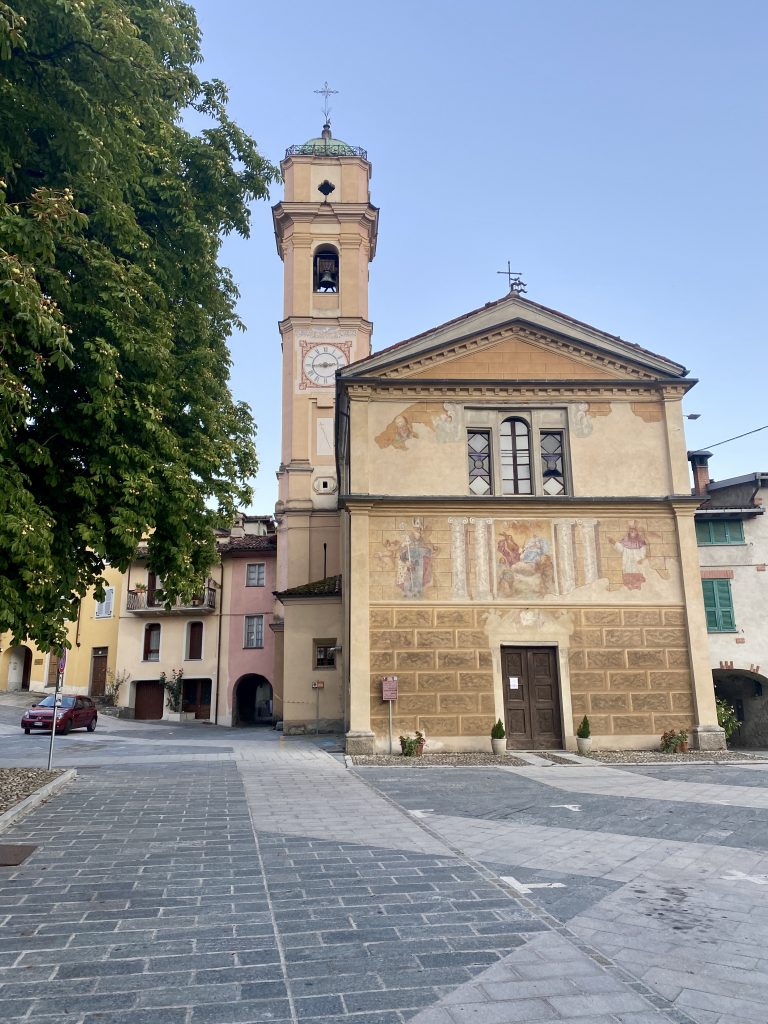
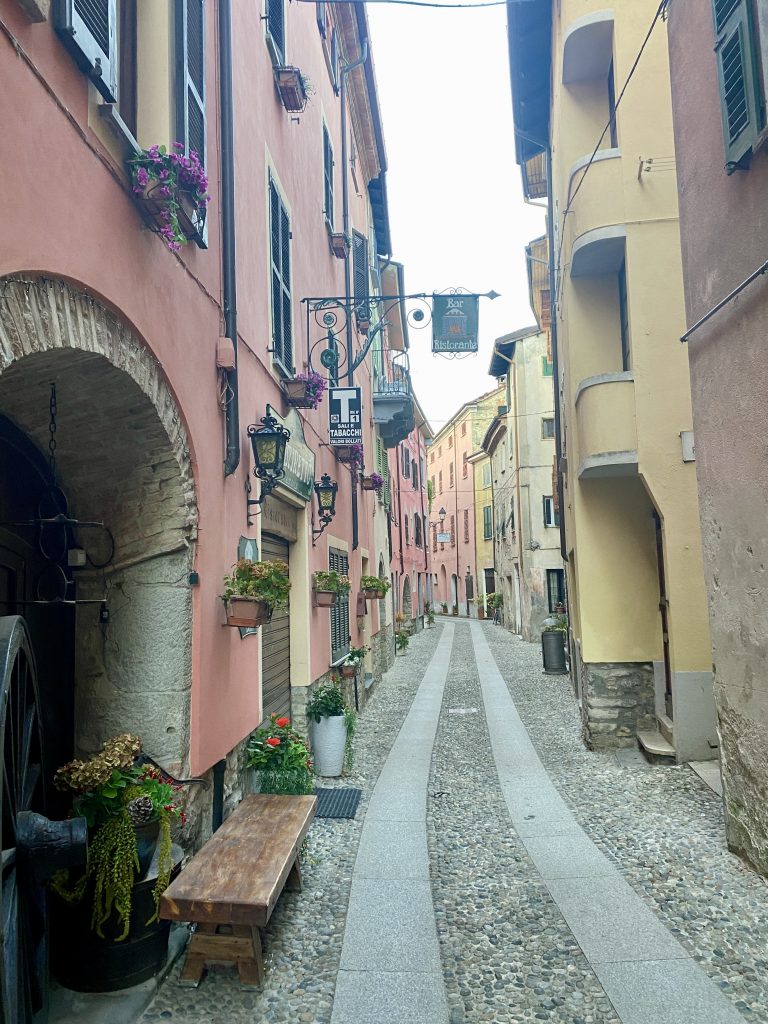
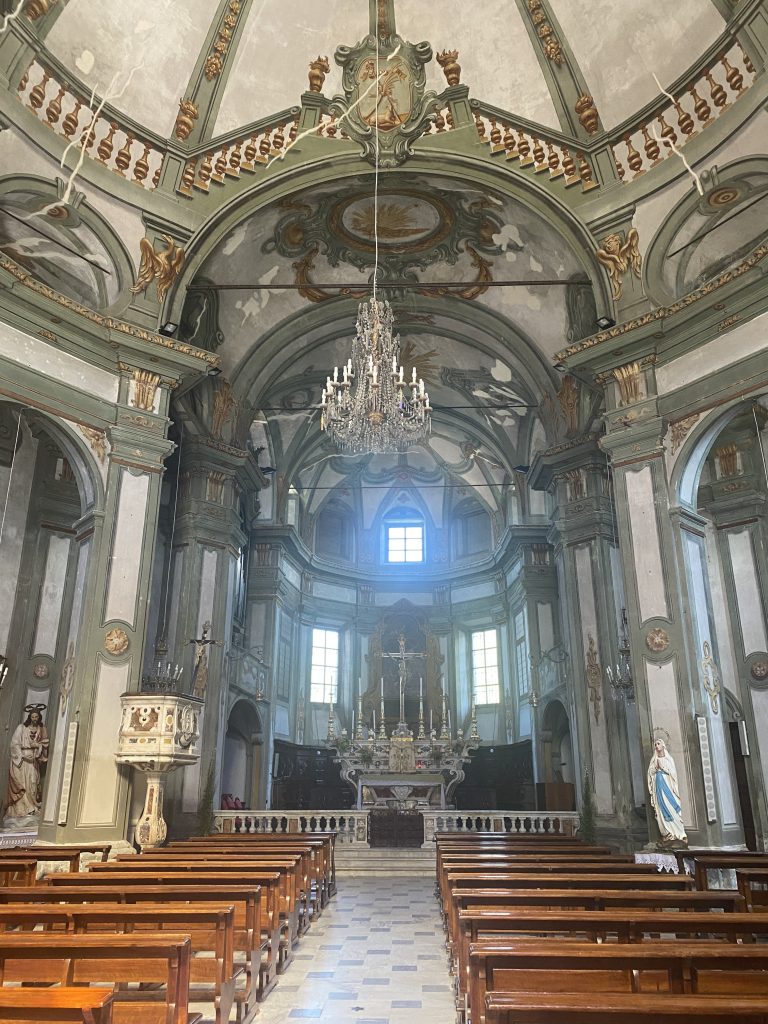

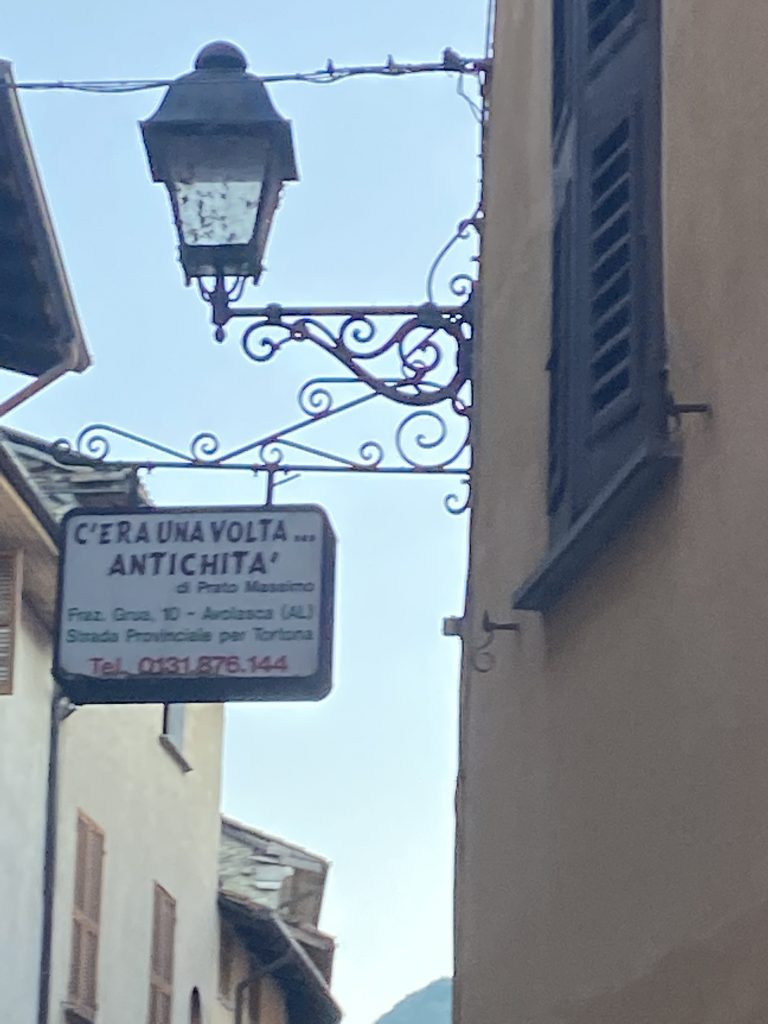


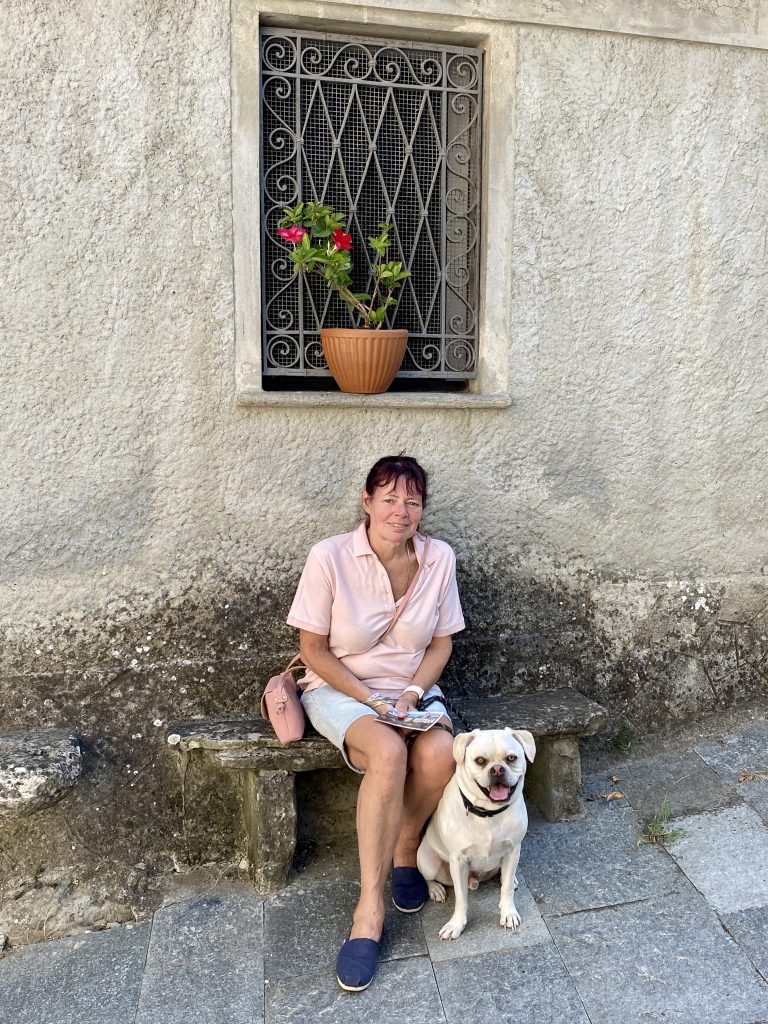
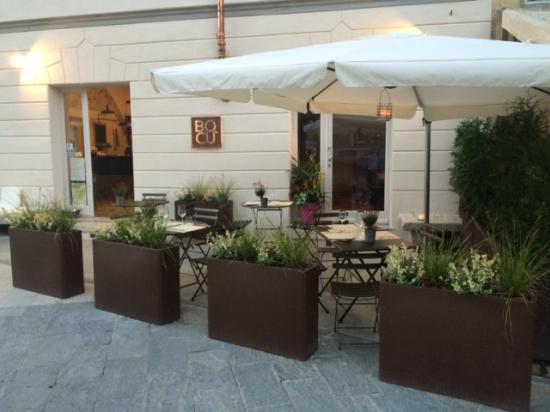
That evening Vanya and I were among the first to take one of the ten or so tables outside the Bocu Restaurant. By the way, Bocu is short for Bottegacucina which means ‘small shop’ which, no doubt, is what the restaurant once was. There is no room inside for any dining tables; all are outside on the square. It was just as well that we arrived early because we didn’t have a reservation and within twenty minutes or so all of the tables were occupied. So too were the tables at the nearby cafe bar. It was just after 8.30 pm and the heat from the day’s hot sun was fast fading. Children were filling the square. Groups of friends who had been stuck inside their homes until the heat was gone were now free to run and play. The square had become a cheerful, bustling playground. It was the children’s parents who were settling at the tables around us. Tables were being extended, more chairs were produced and dragged noisily into position. The banter was loud. Everyone seemed to know each other and it appeared the elders were as happy as their children to escape the afternoon’s confinement.
The Piazza Doria was a hive of activity. Almost half of the village’s 600 or so residents must have been on the square. The change in atmosphere was as super as it was surprising. We were always going to have an enjoyable evening in such an agreeable setting and so it proved. The food and the service and the reception we received from those around us made for a great evening. Of course, having a Nala and a Beanie around always helps break the ice.
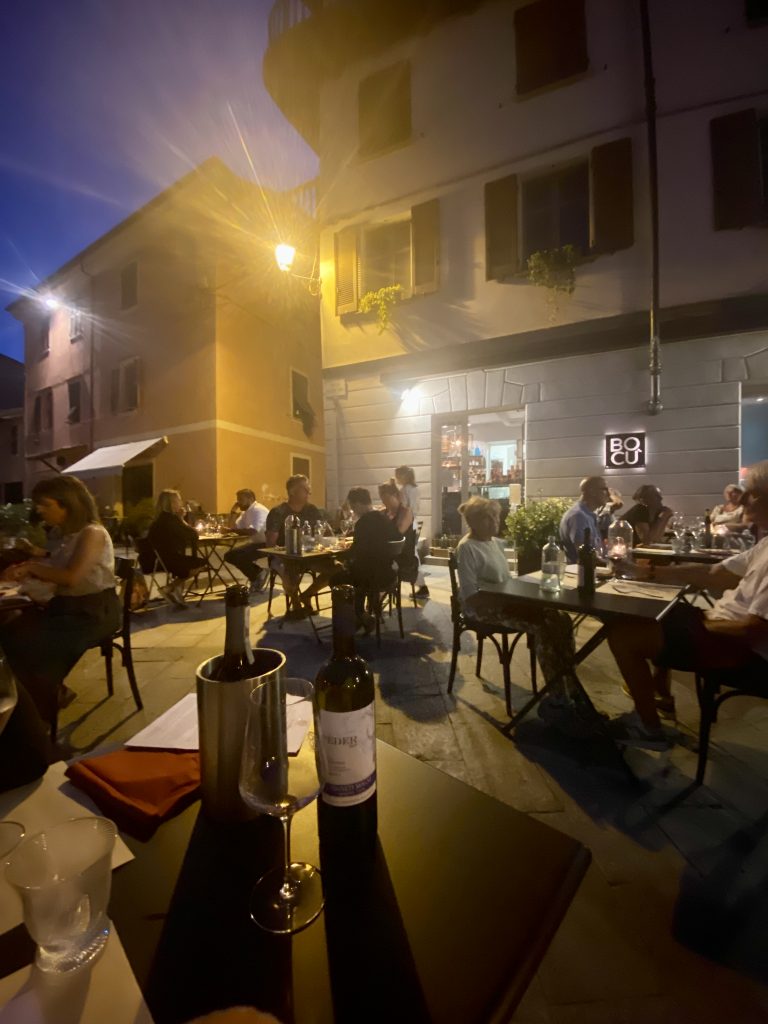

So what about the food and wine? I’m not so sure Vanya got it right with her choice of stuffed tomatoes but my veal and the accompanying wine was delicious. The veal came with a mildly spicy tuna sauce (and what I took to be a very large pickled caper) while the wine, chosen by the proprietor was a local Barbera – really smooth. He told me it is produced just 5 kilometres from where we were sitting.
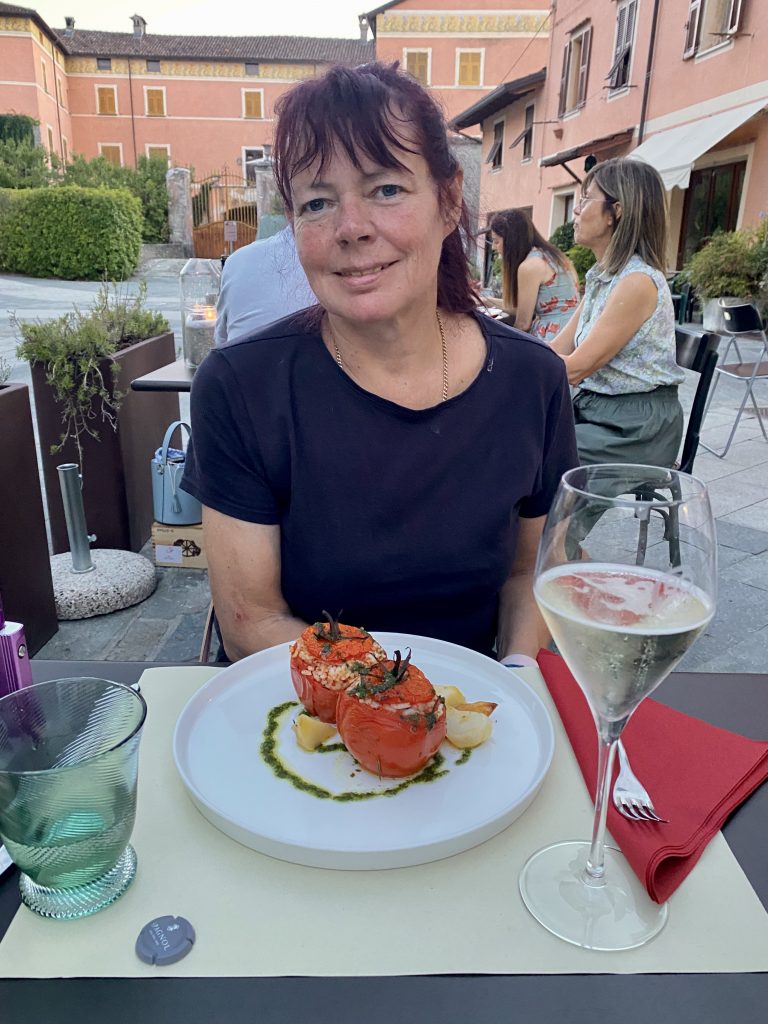
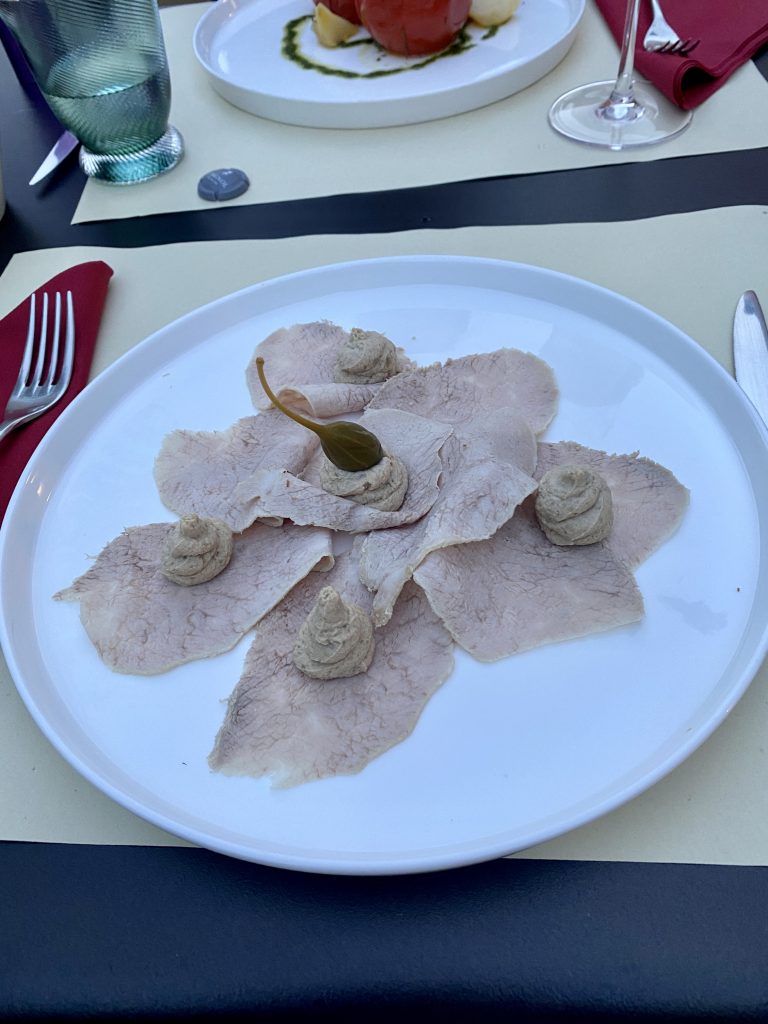
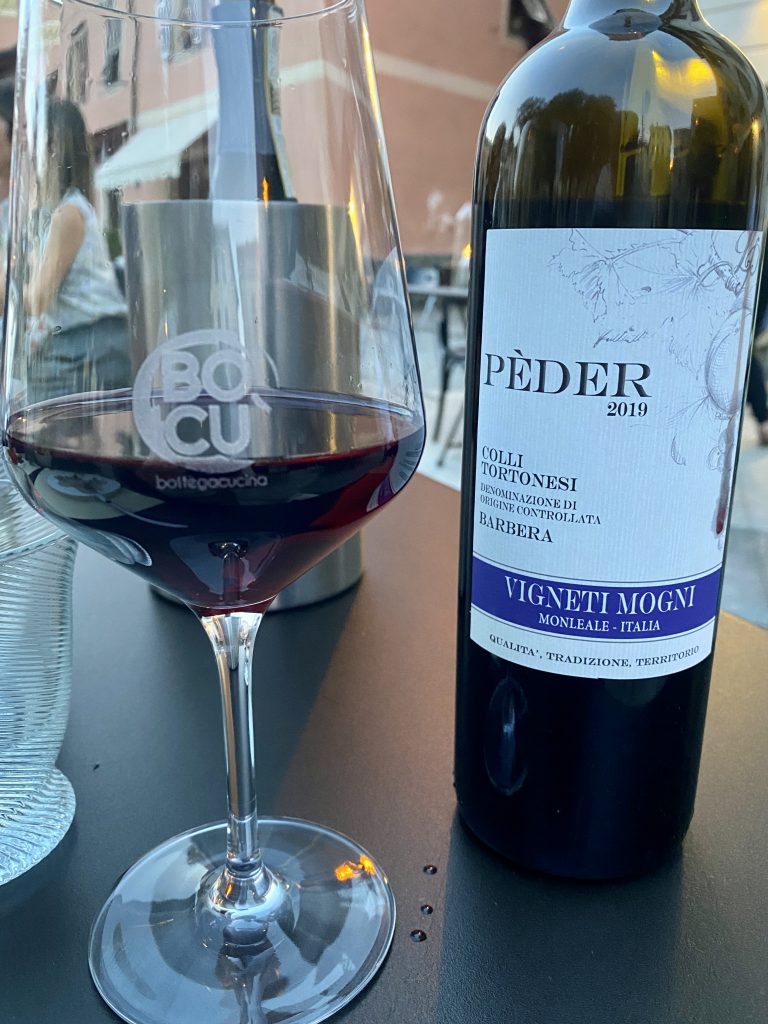
The only downside of that first evening in Garbagne? The bloody church bells wouldn’t stop ringing. No matter.
The friendly reception we received that first evening warranted our staying on another night. I spent the next day further exploring the area around the village and visited the local 9th century castle which the ‘Borghi piu belli d’Italia’ describes as “perfect for a stroll and to enjoy a panoramic view”. Forget it. The castle amounts to little more than a simple gatehouse and a tower which is almost totally reduced to rubble. As for the panoramic view, you can forget that too. Such sites are there to promote tourism…
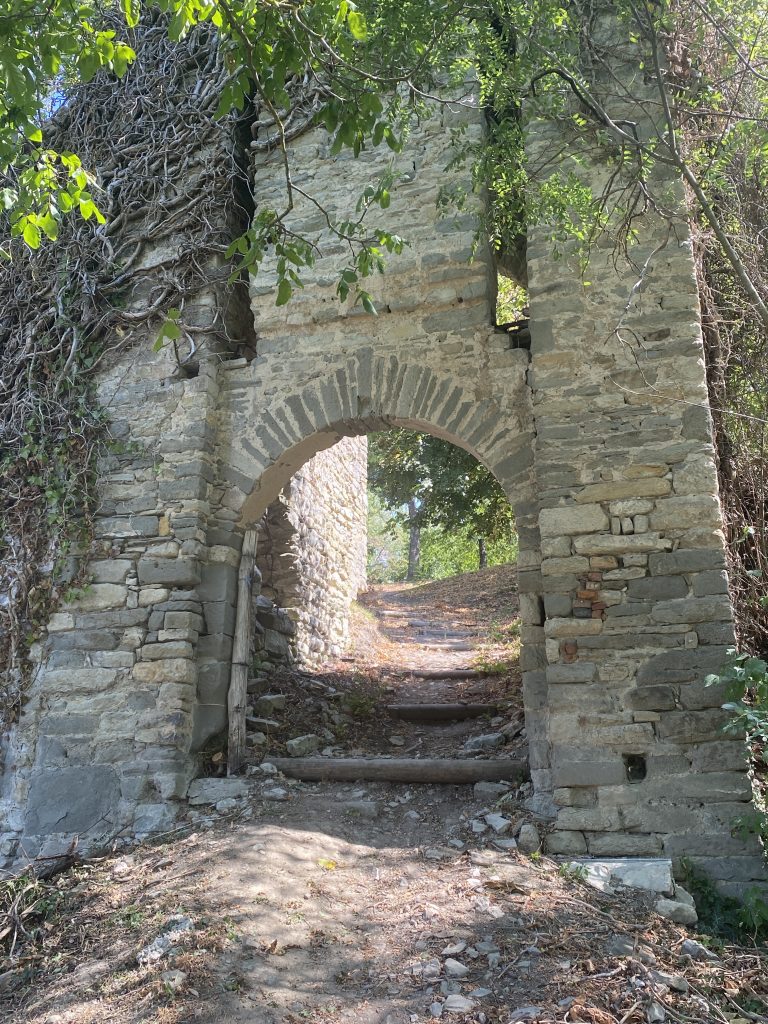
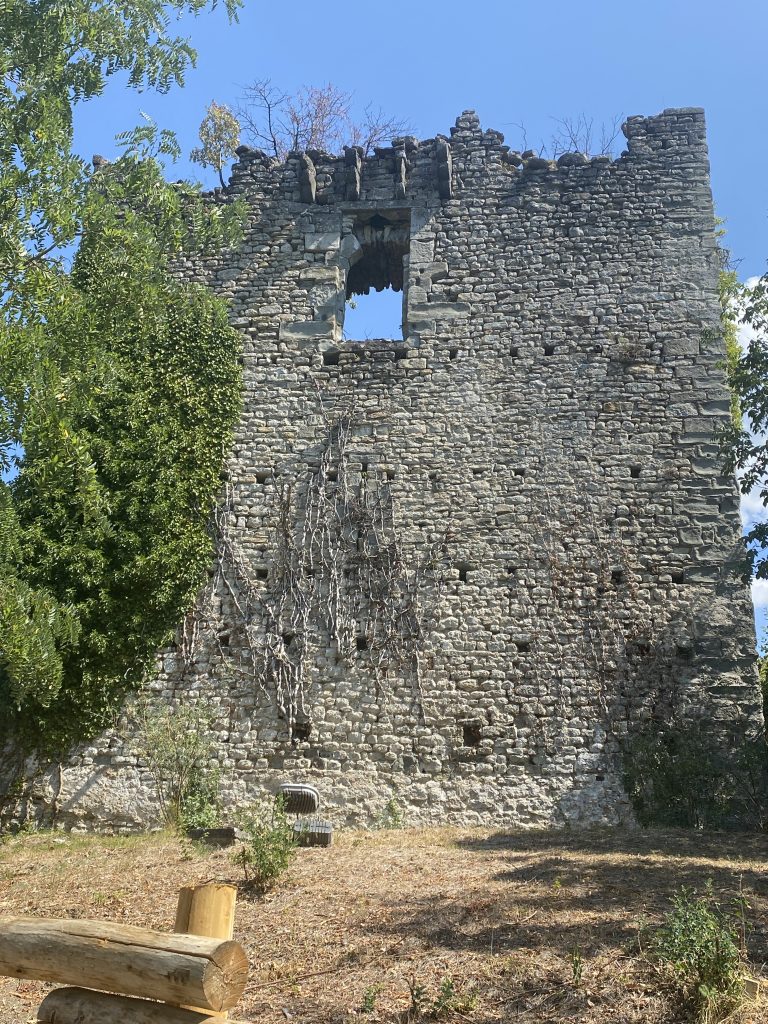
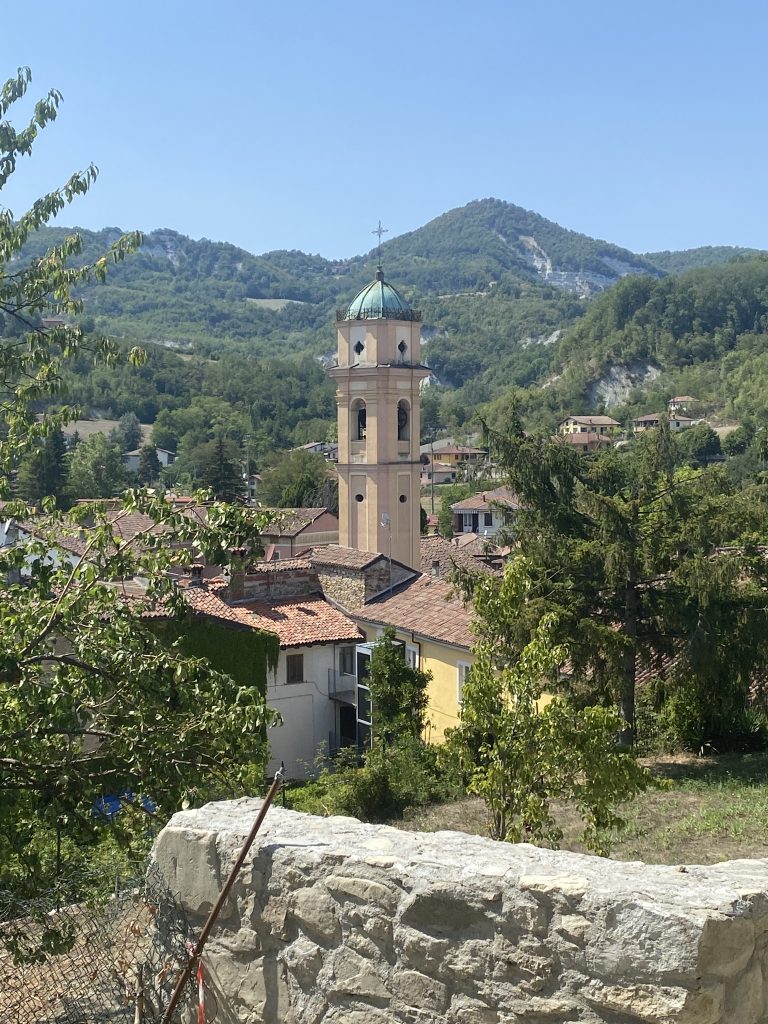
We didn’t regret staying on. There’s another small bar (very much a local’s bar) on the corner of Via Novi and Via Roma. I had used it a couple of times (popping in for a cooling beer while exploring the area) and Vanya and I stopped by for a few drinks after dinner. Once again, the welcome we received from the bar owners and the locals was fantastic. A word of warning, however, don’t ask for a large wine unless you want half a bottle of wine free poured into your glass. They serve large measures.
We will certainly remember Garbagne, not so much for the place as the people. You could not find a more welcoming village.


